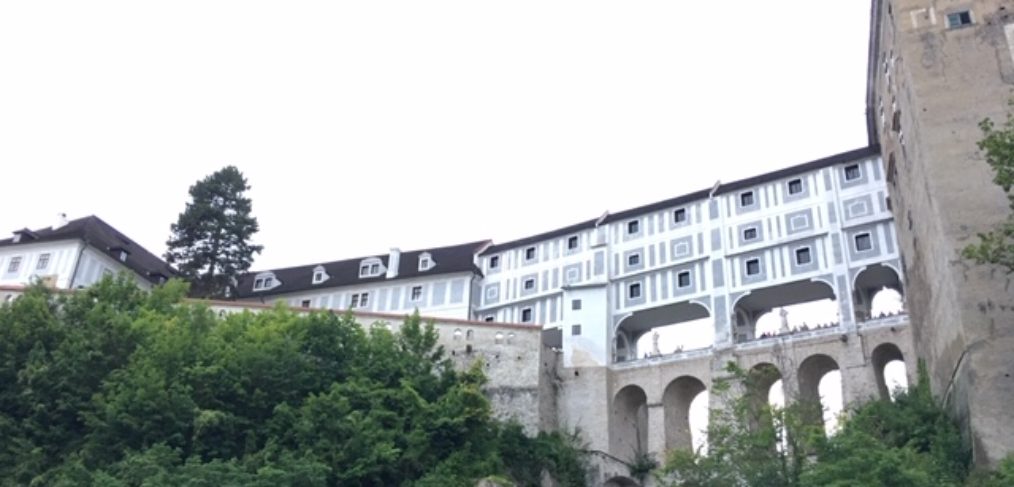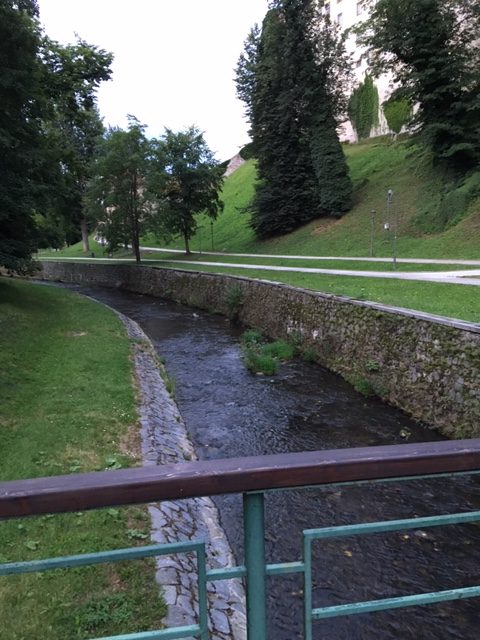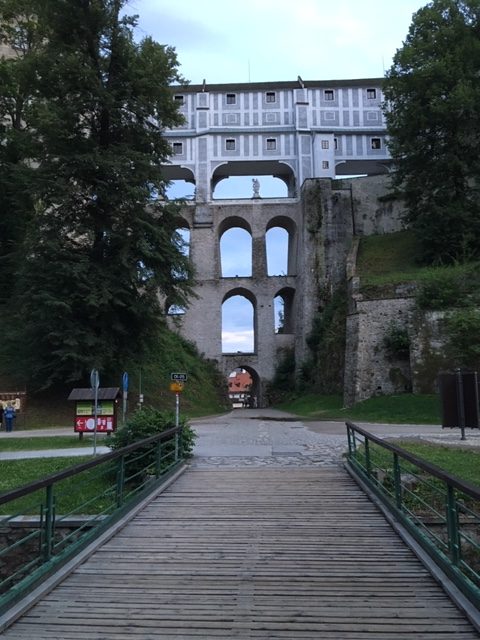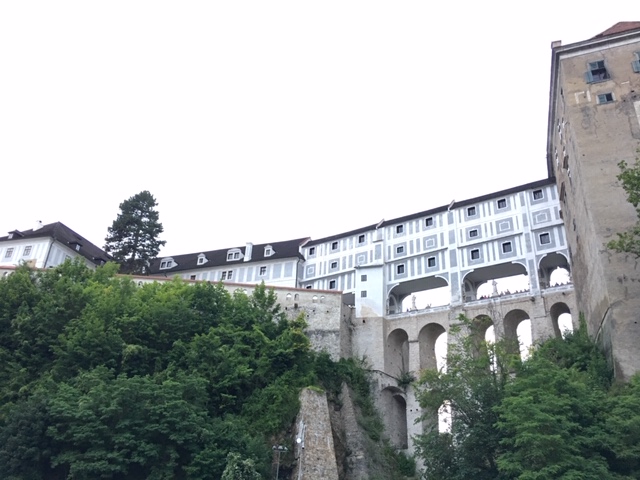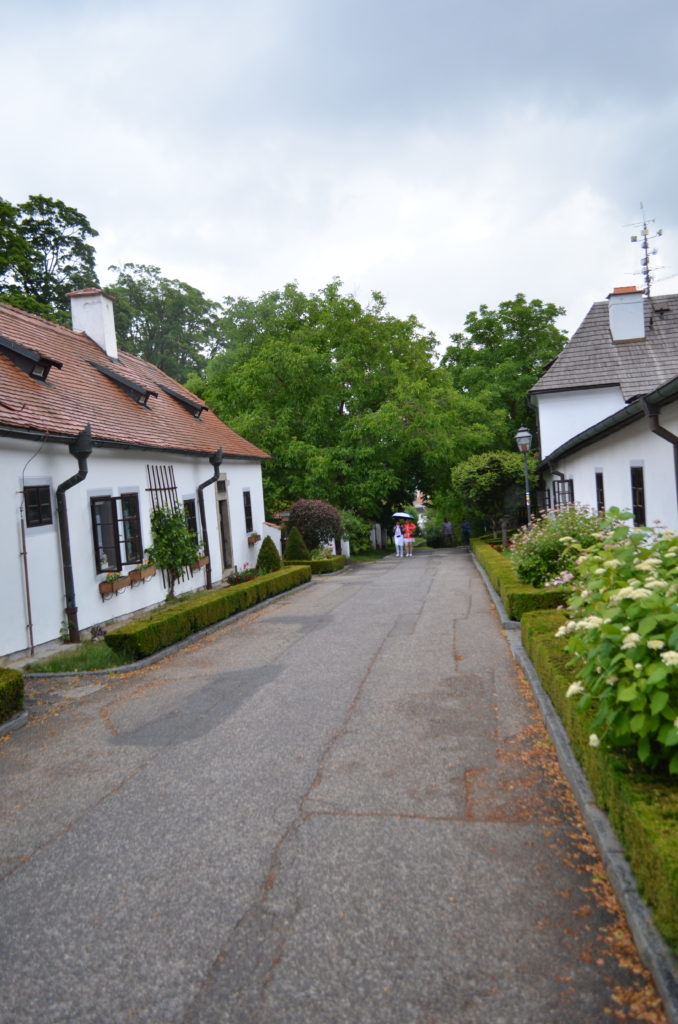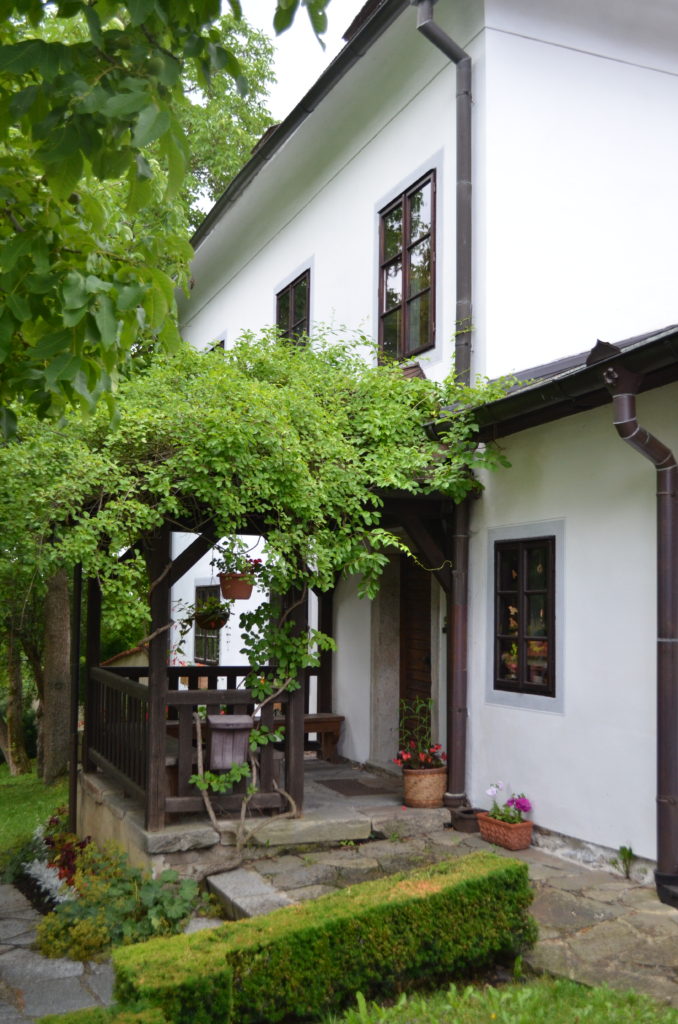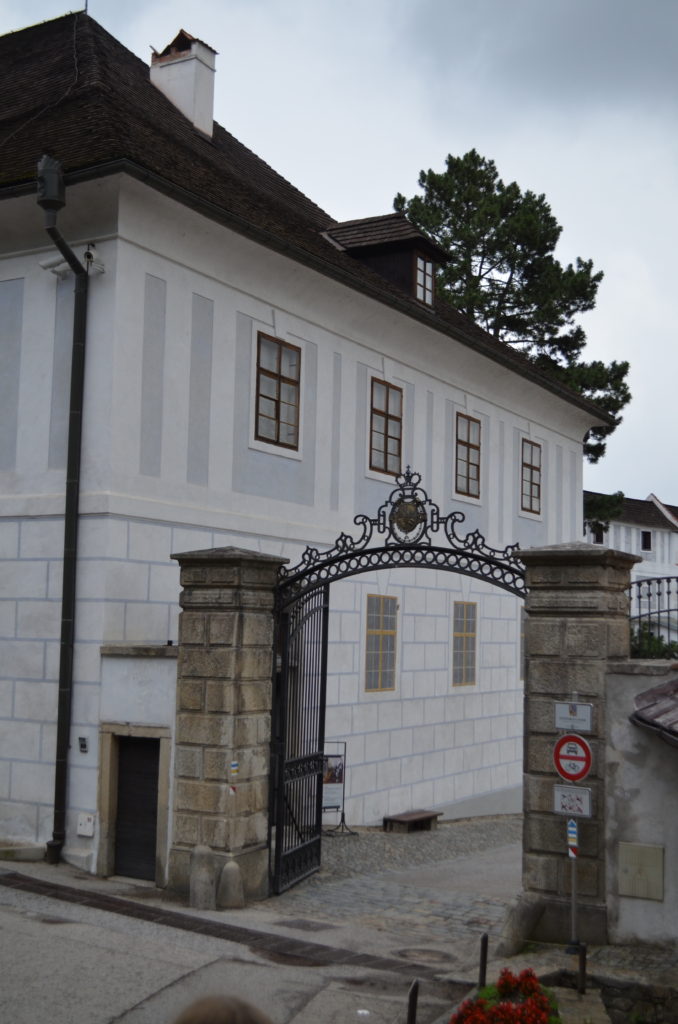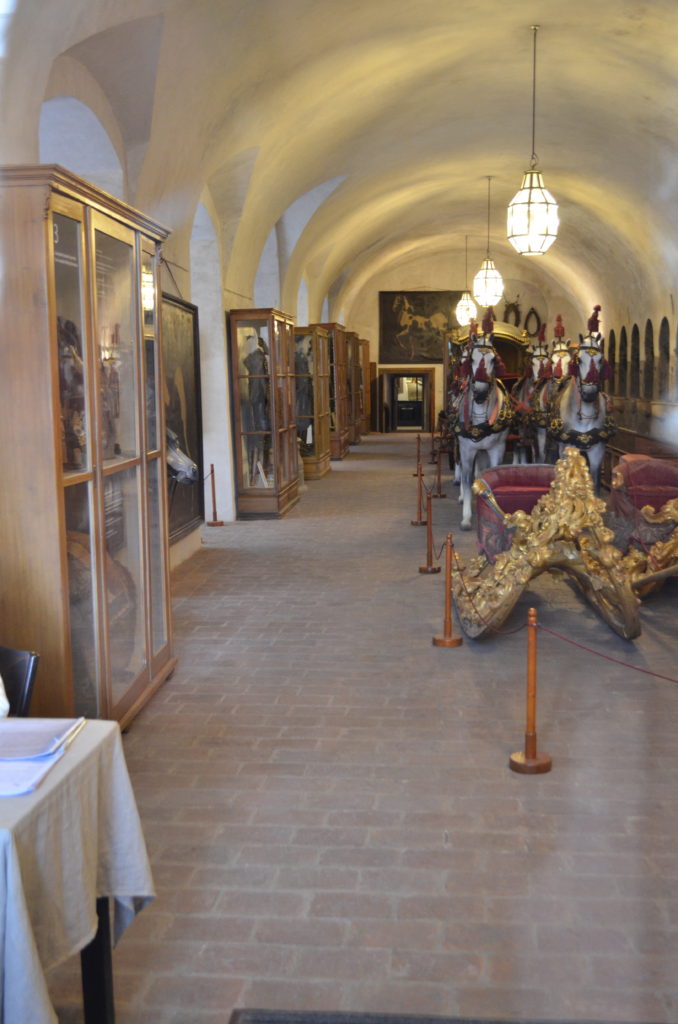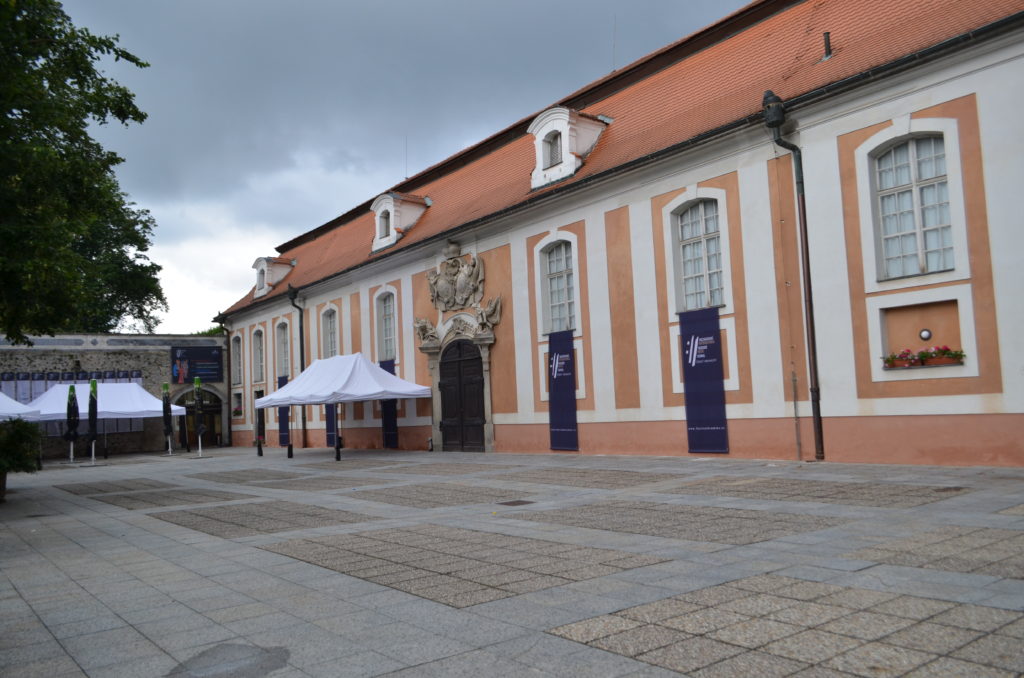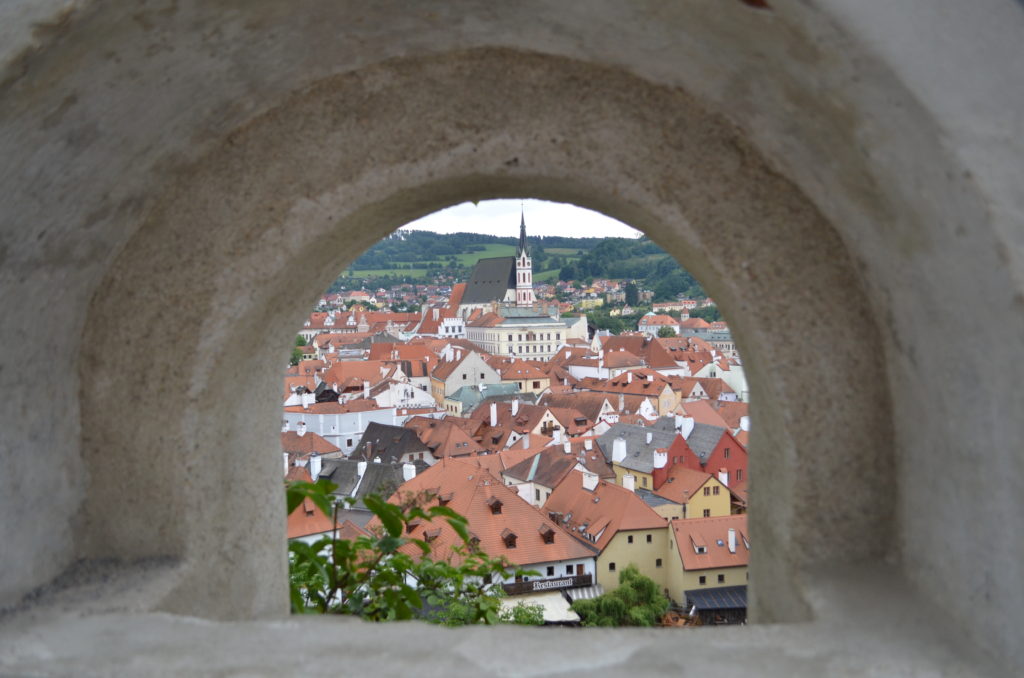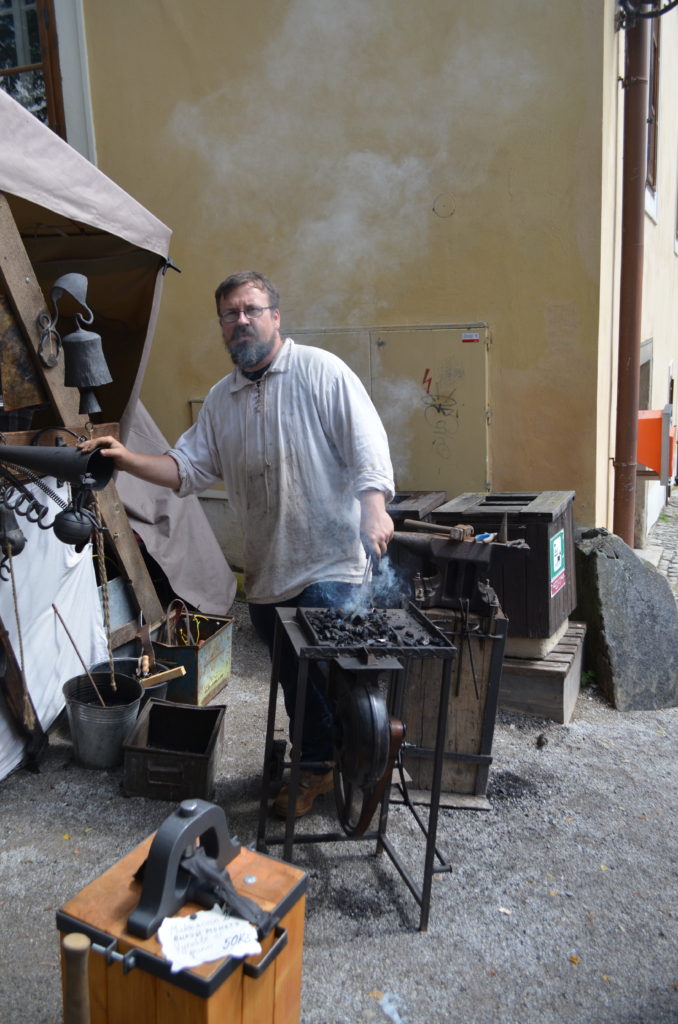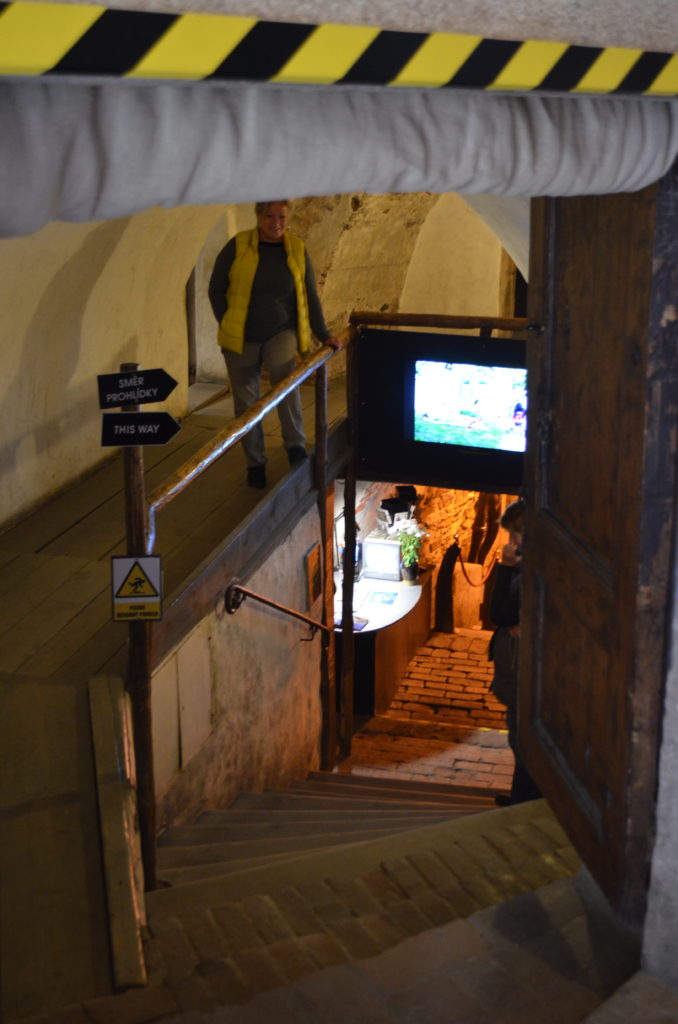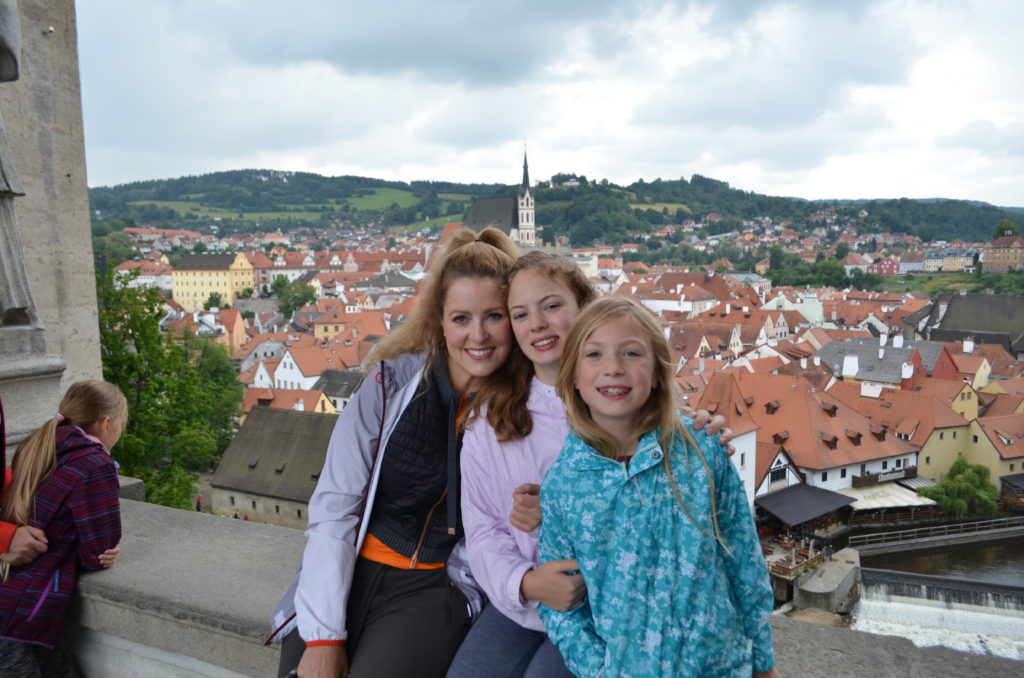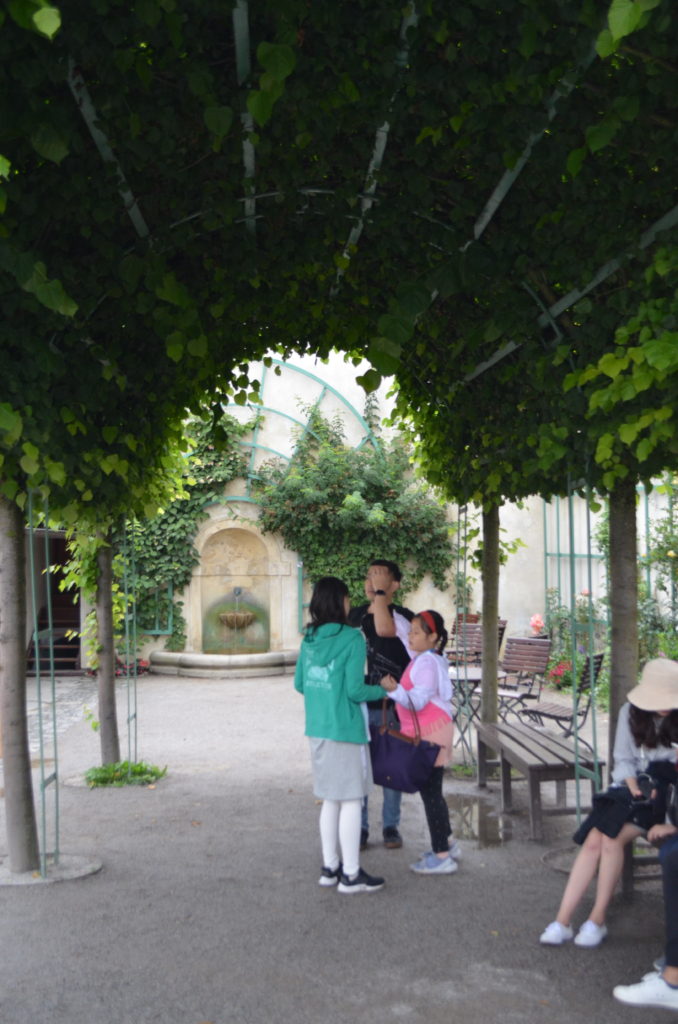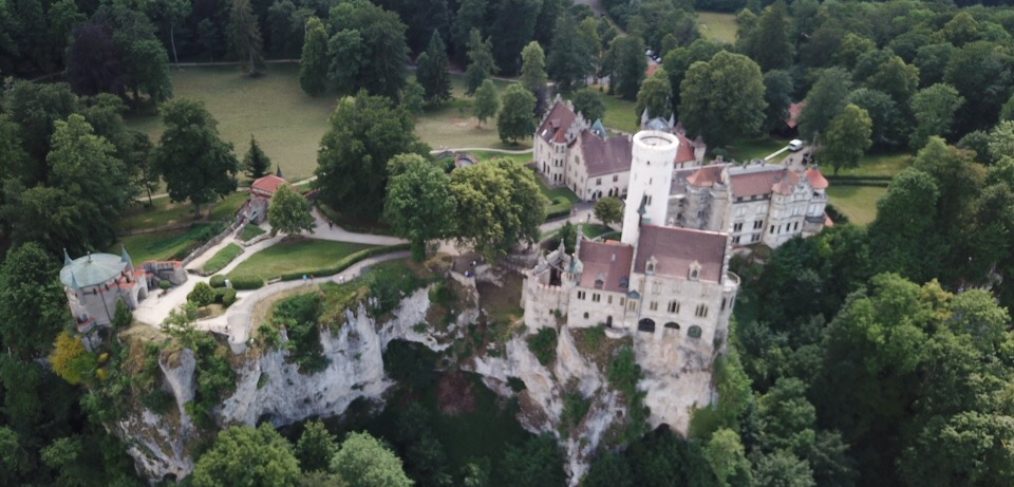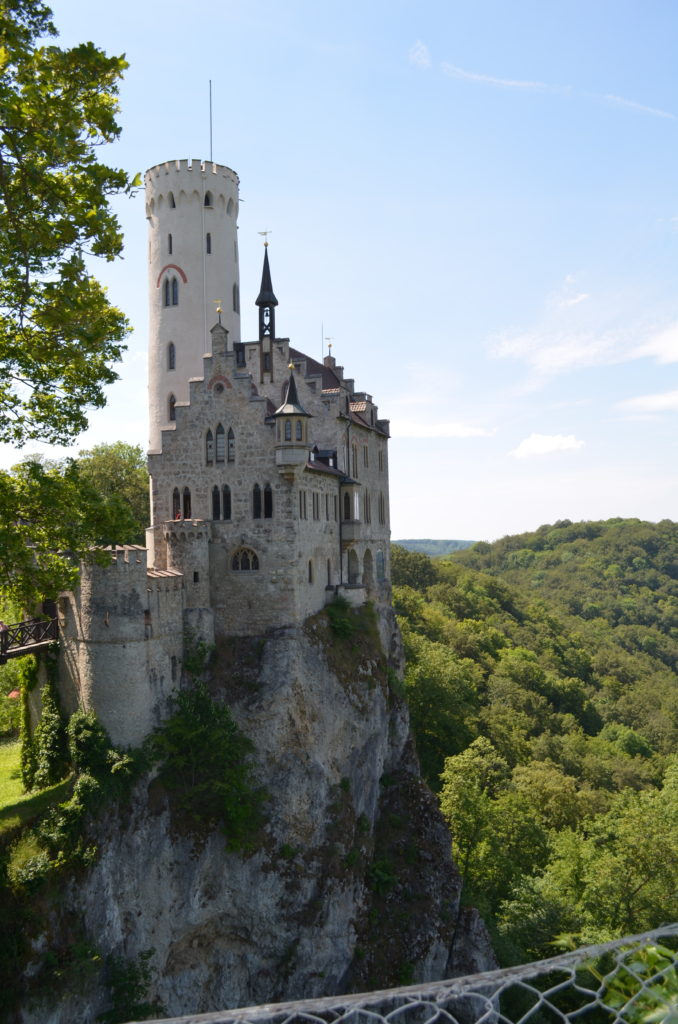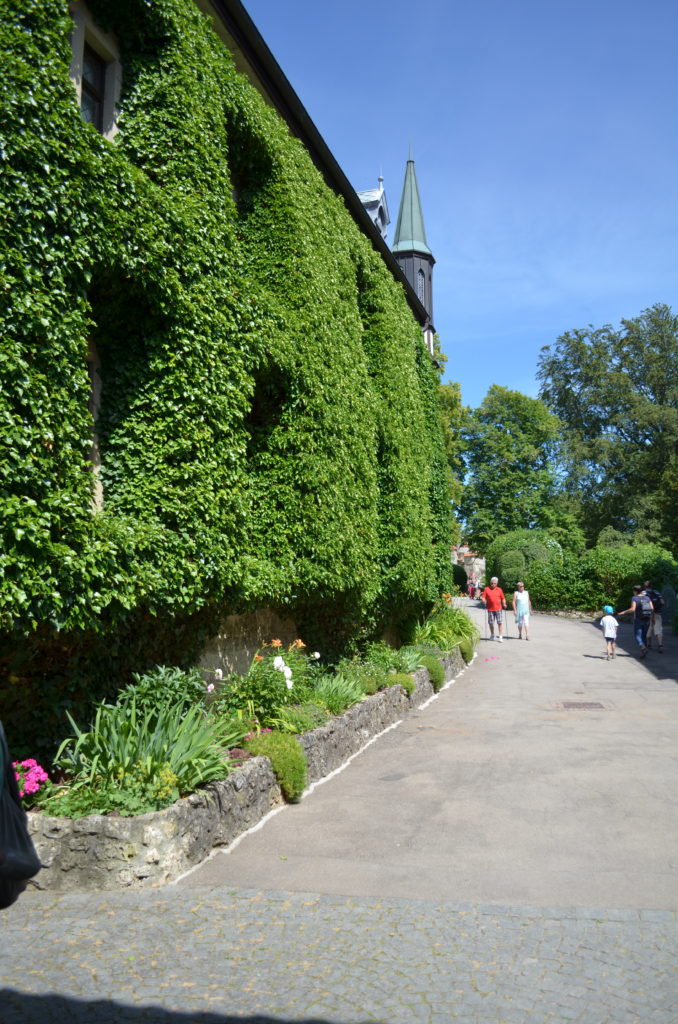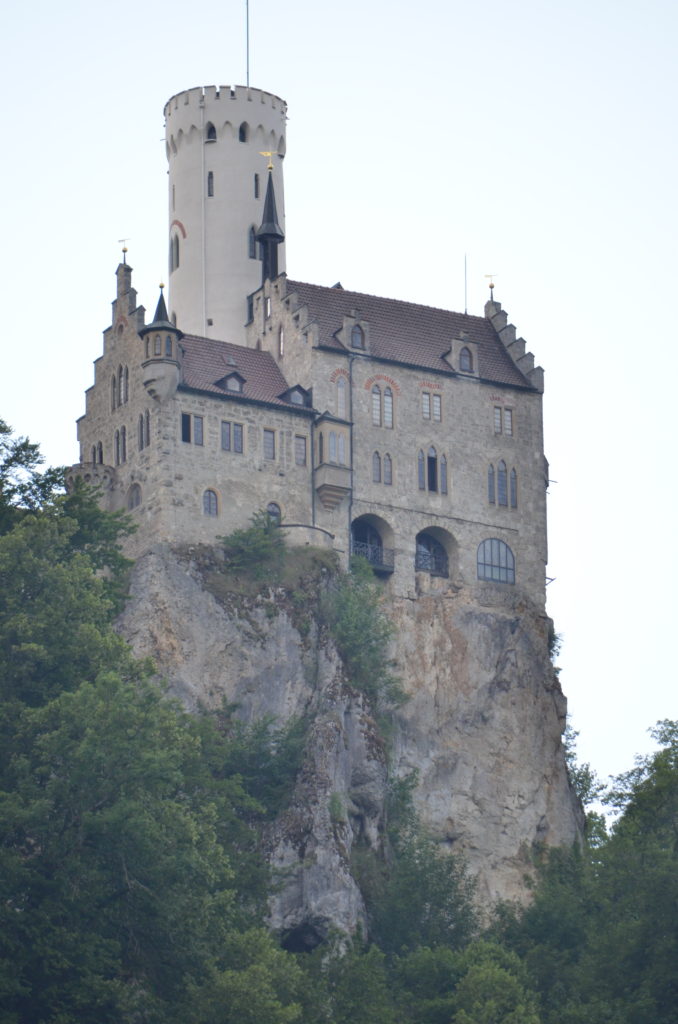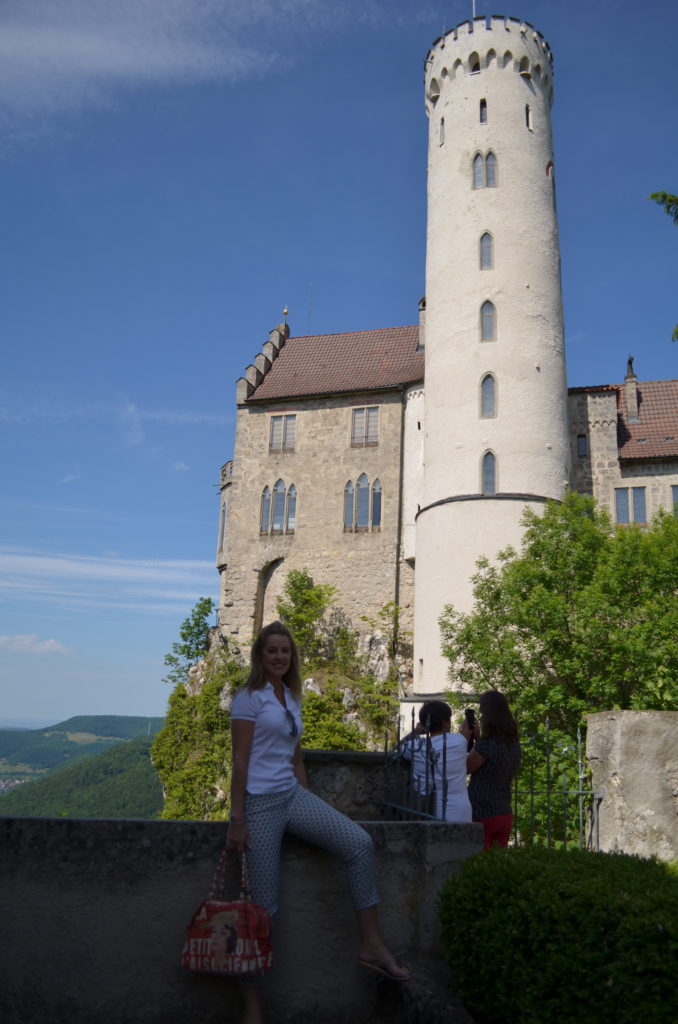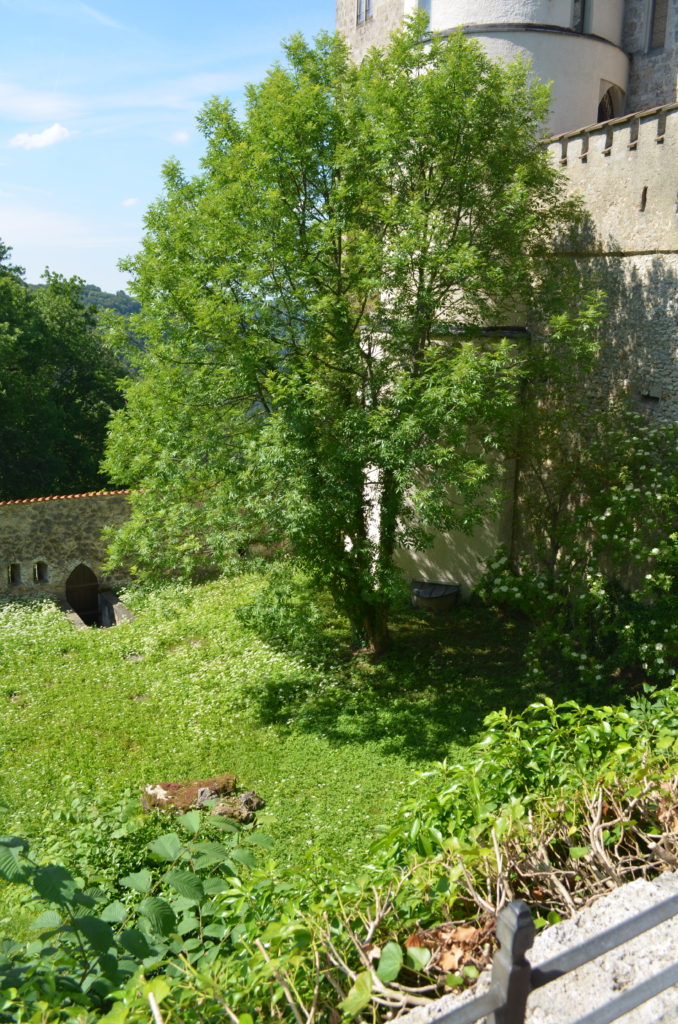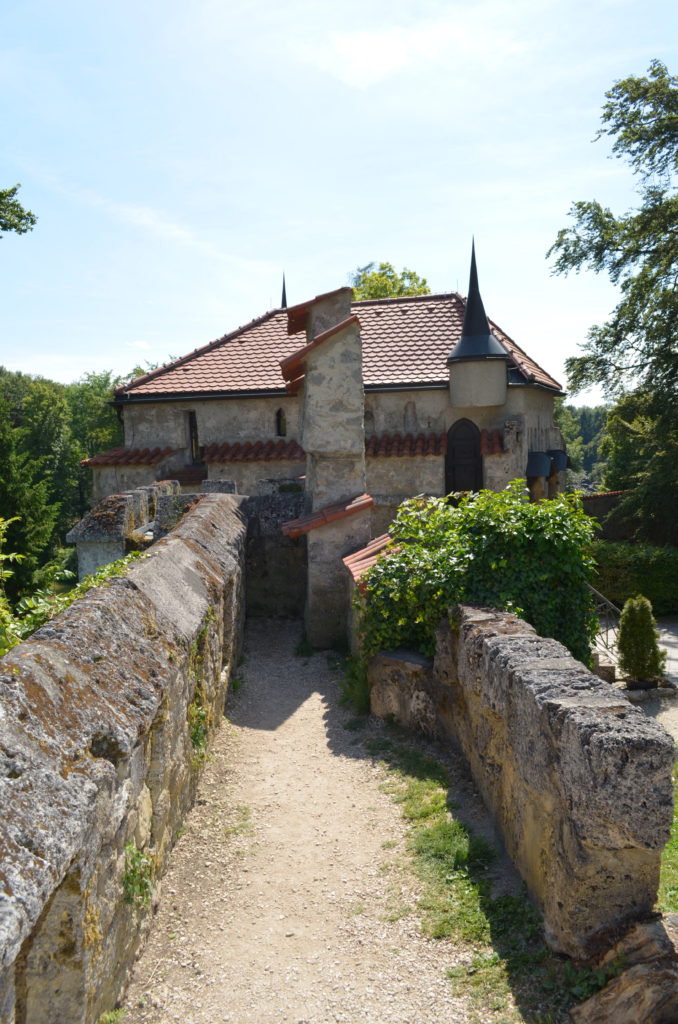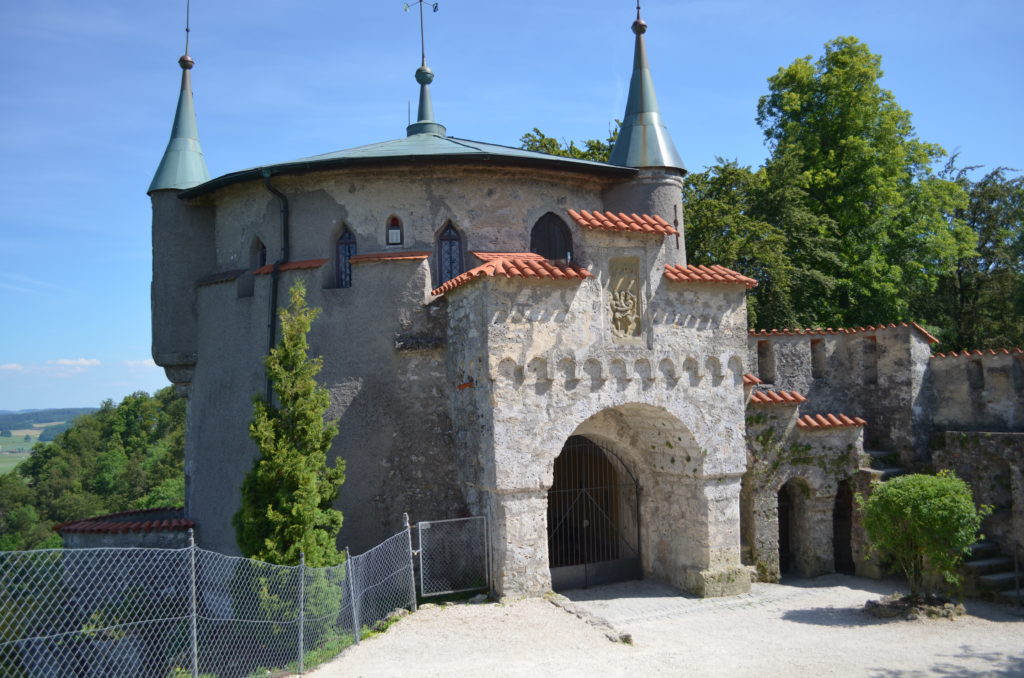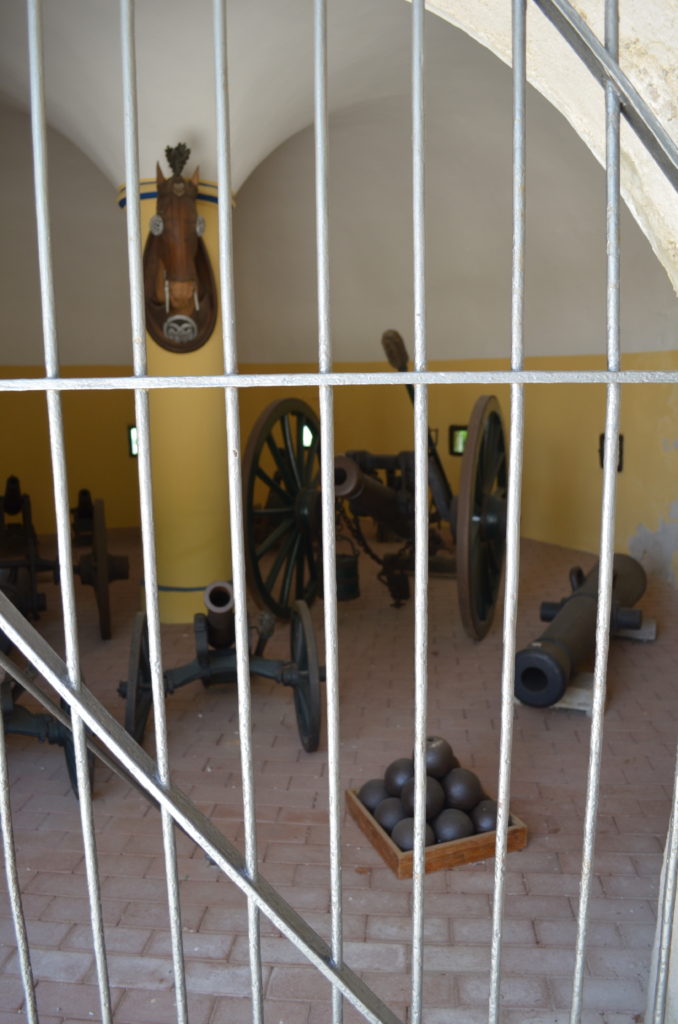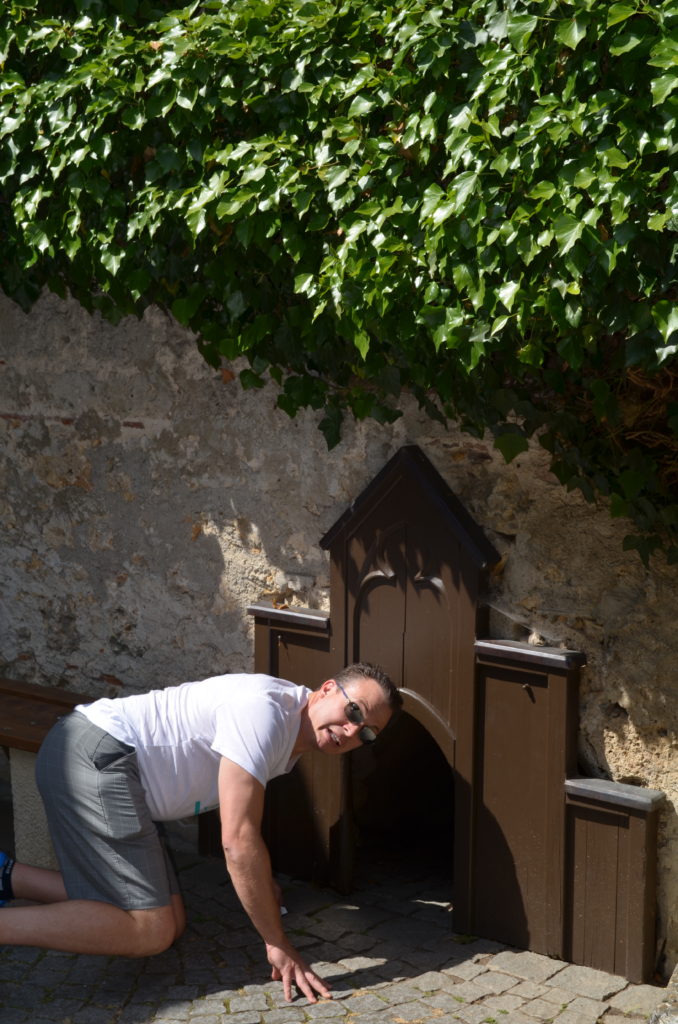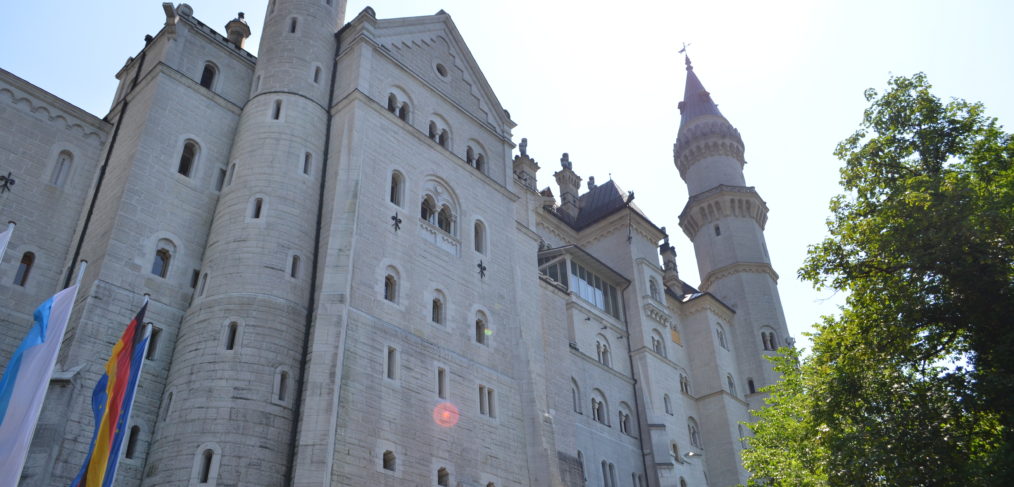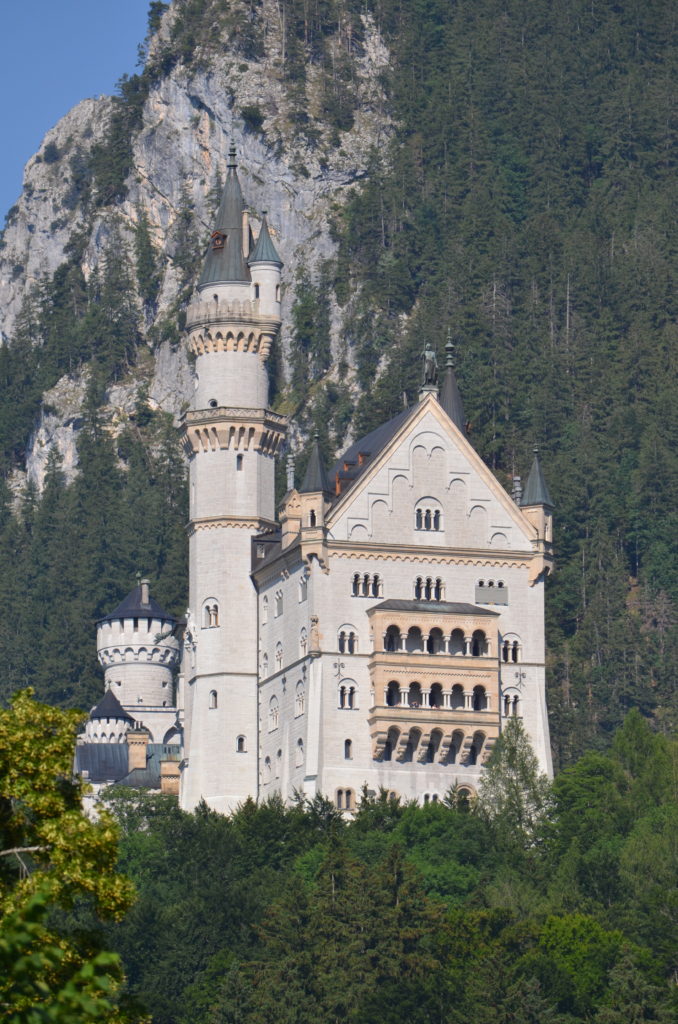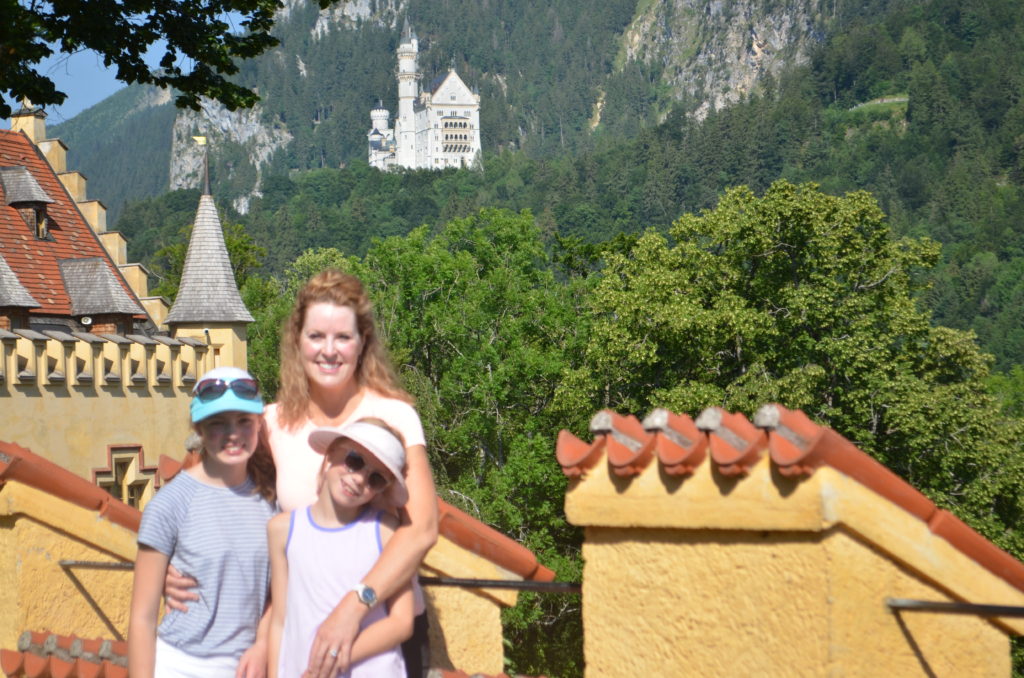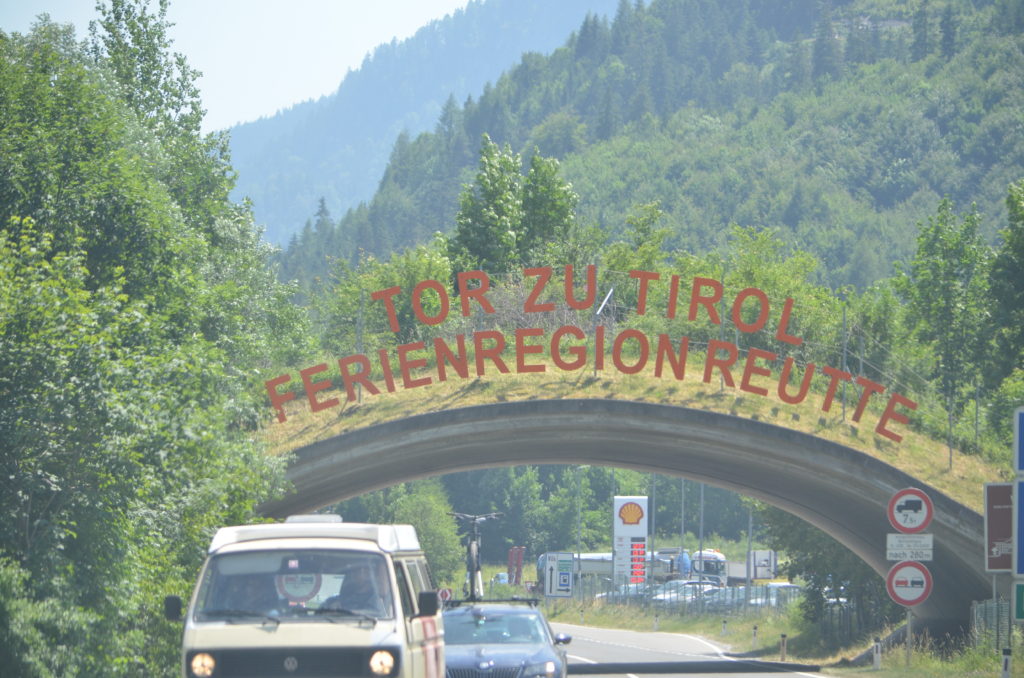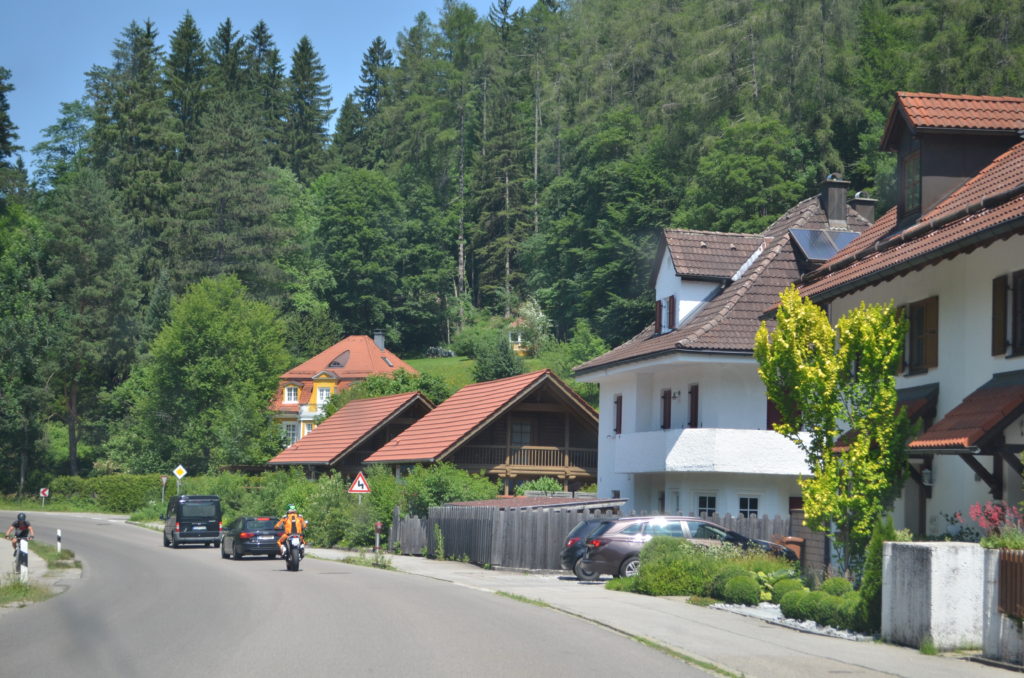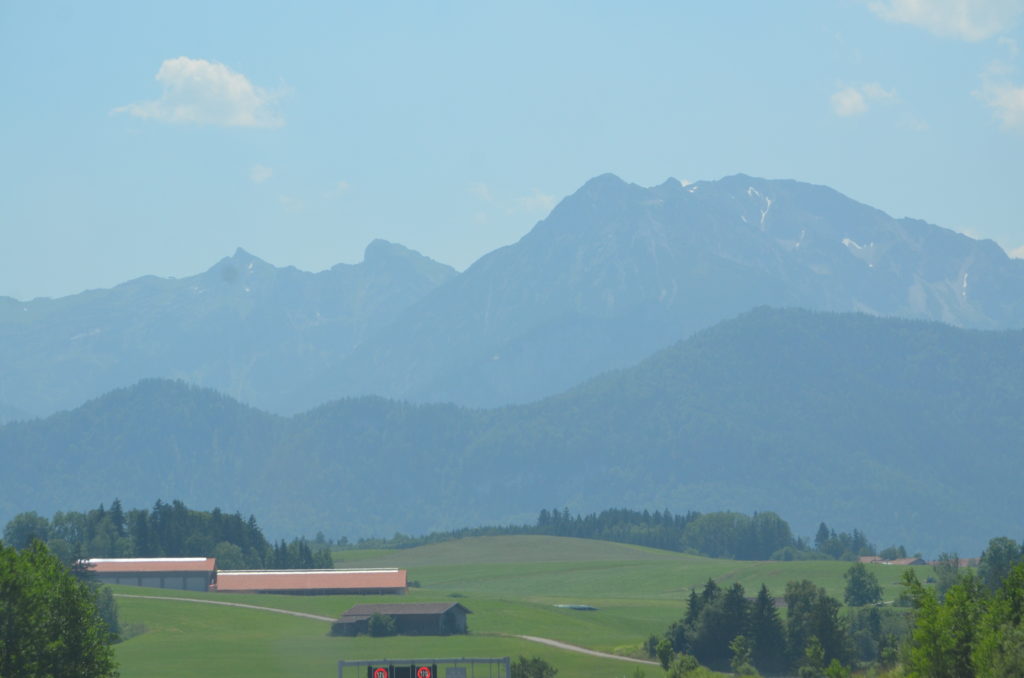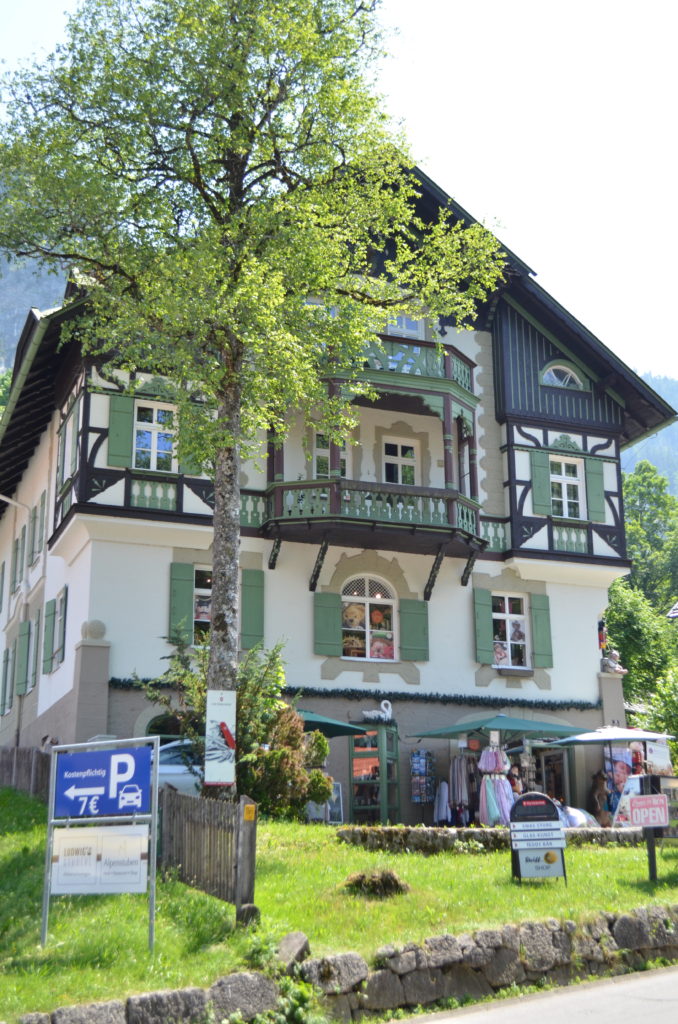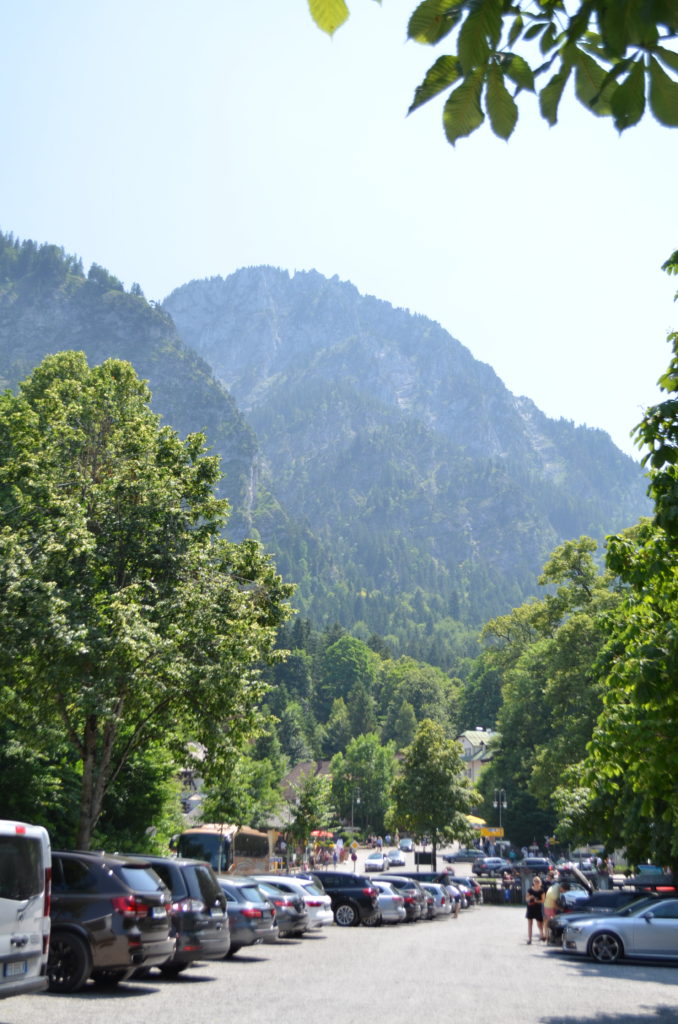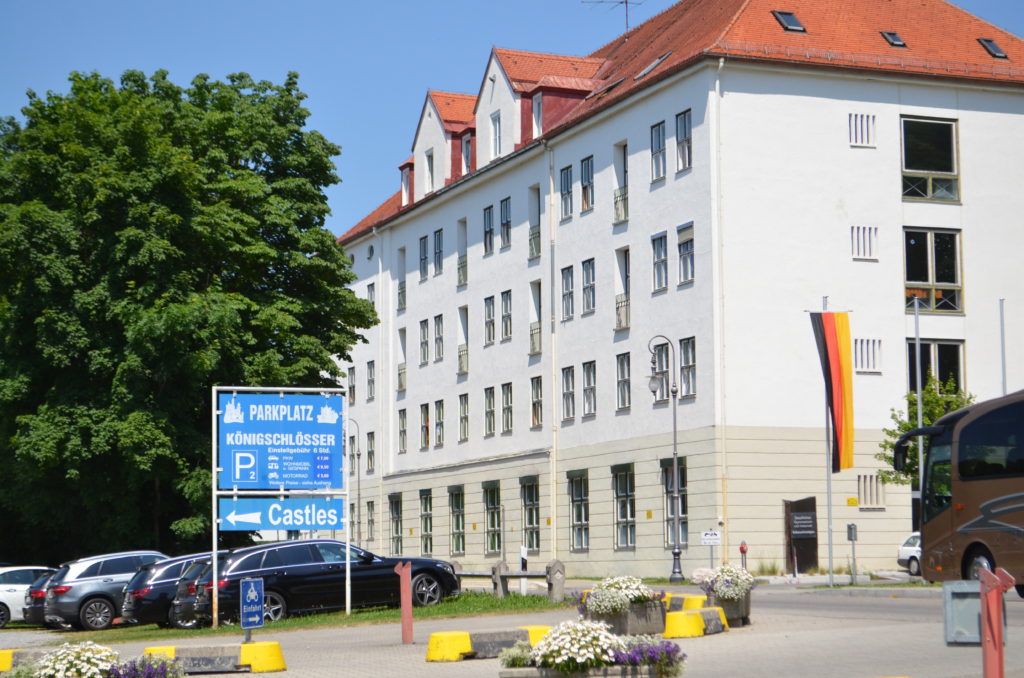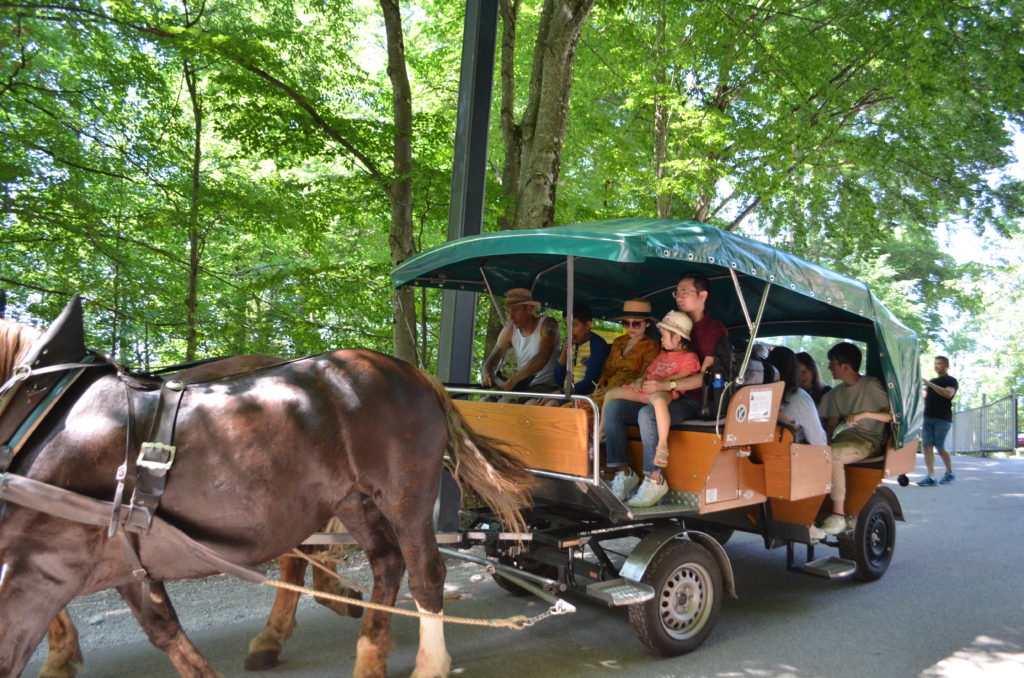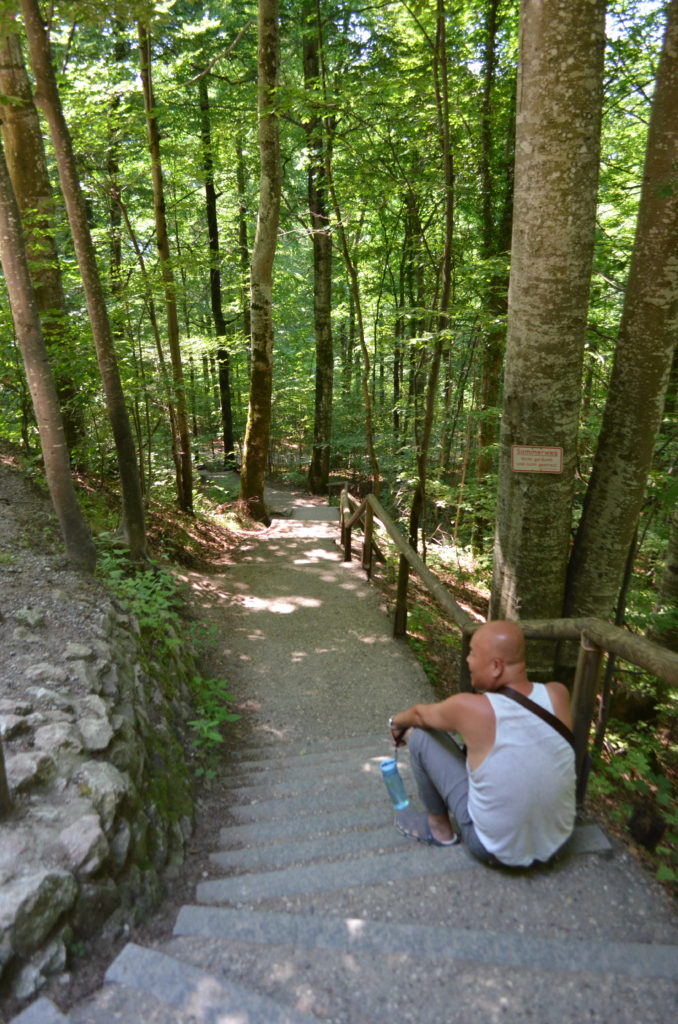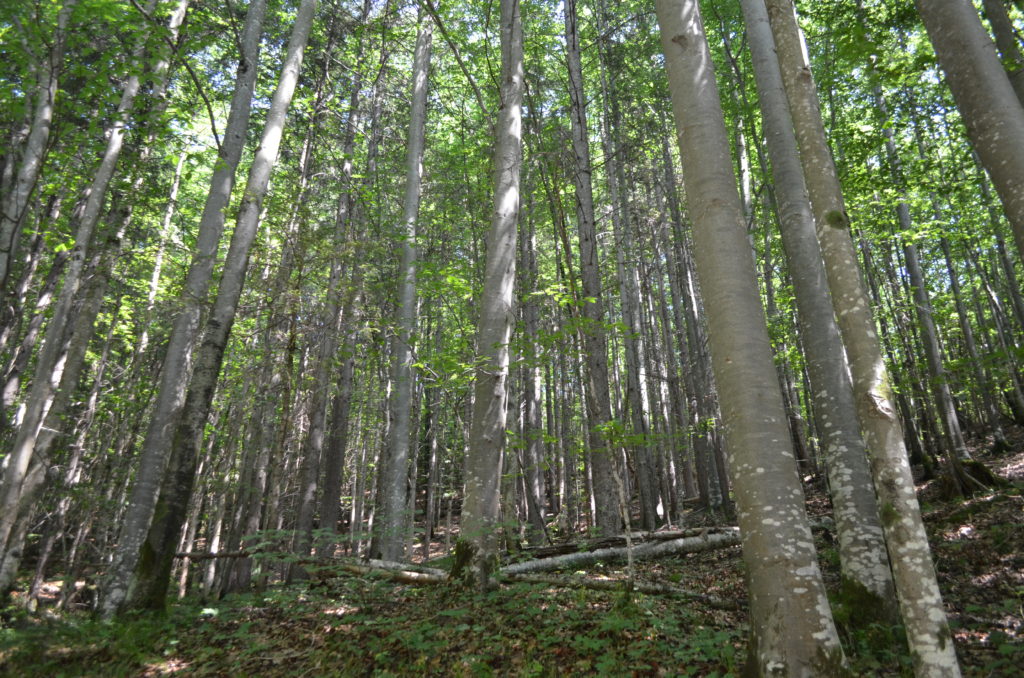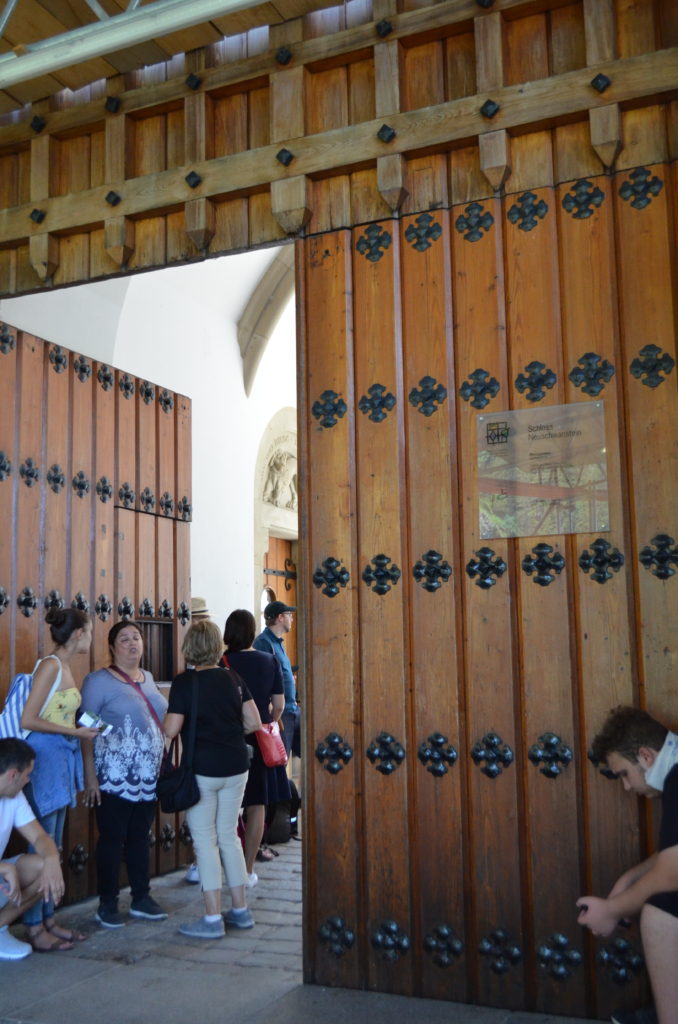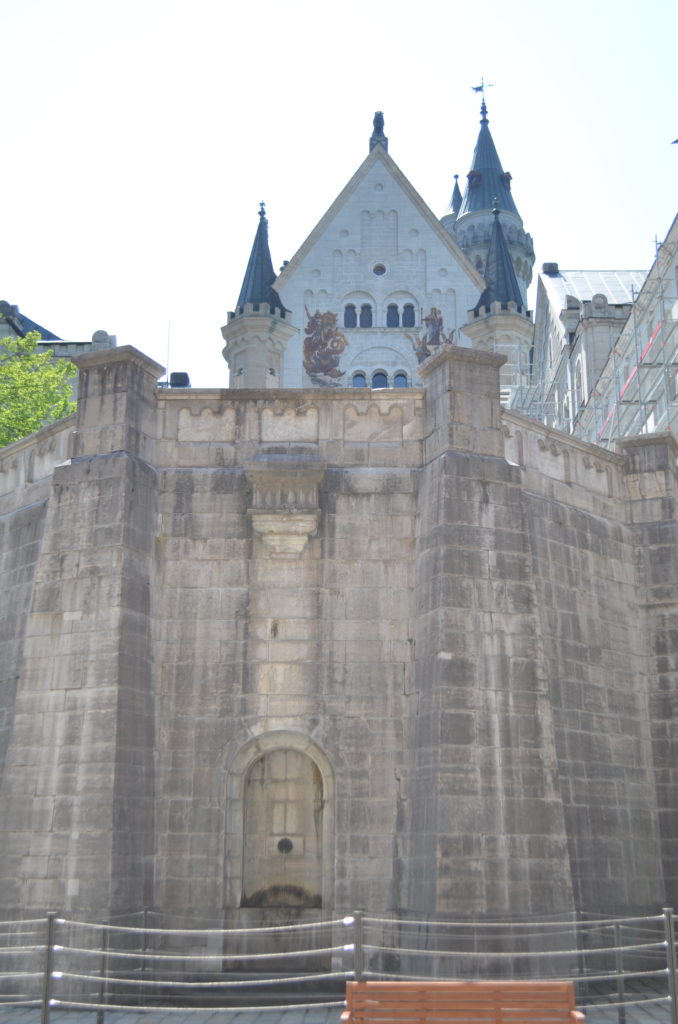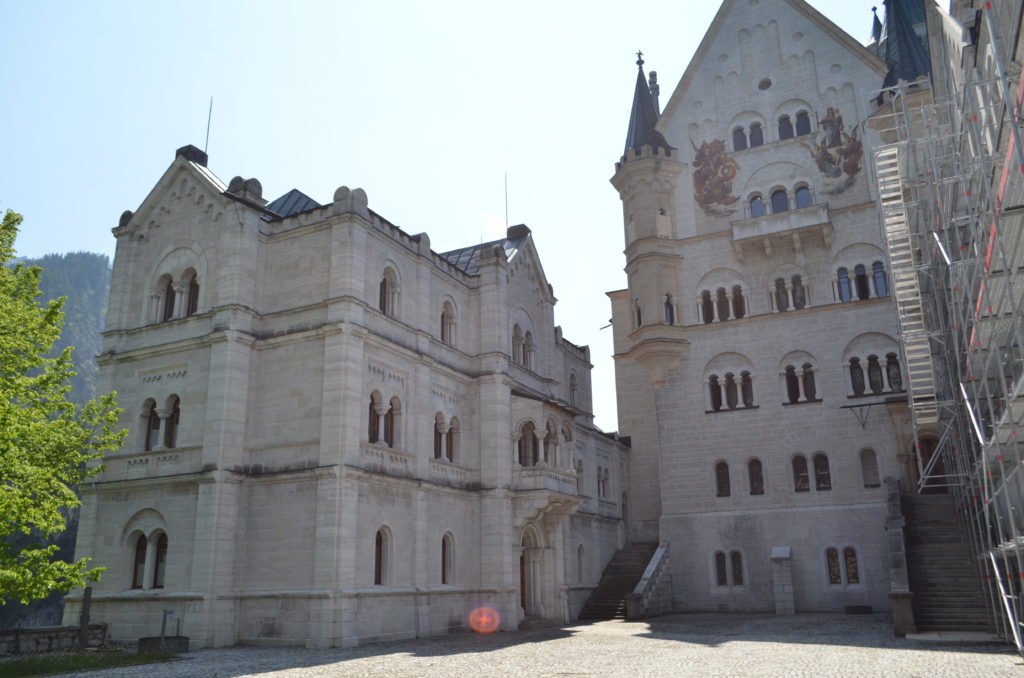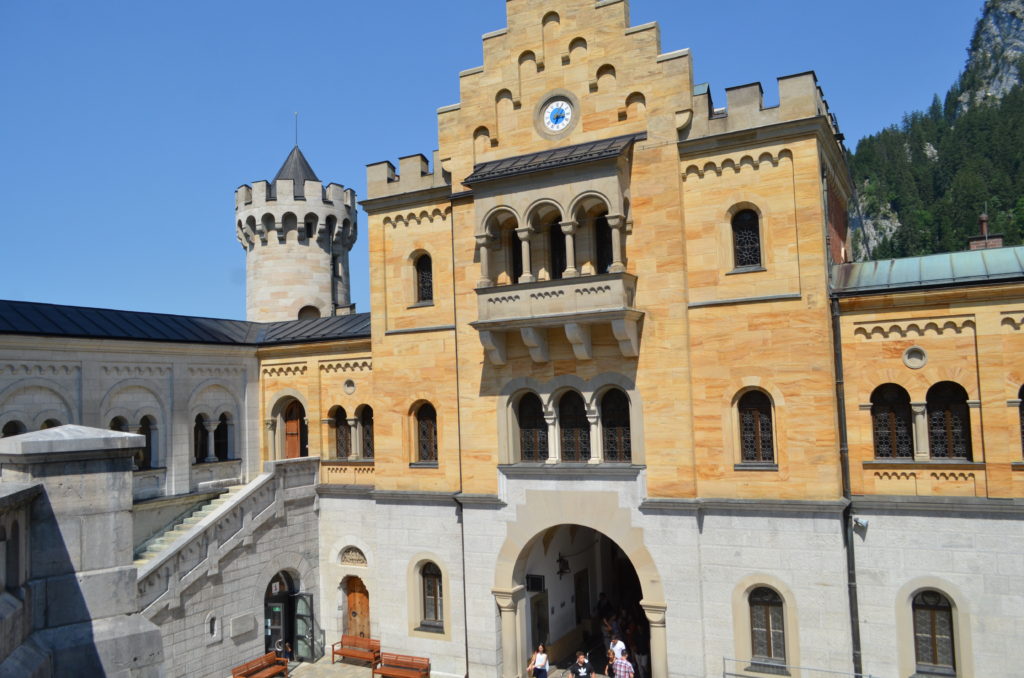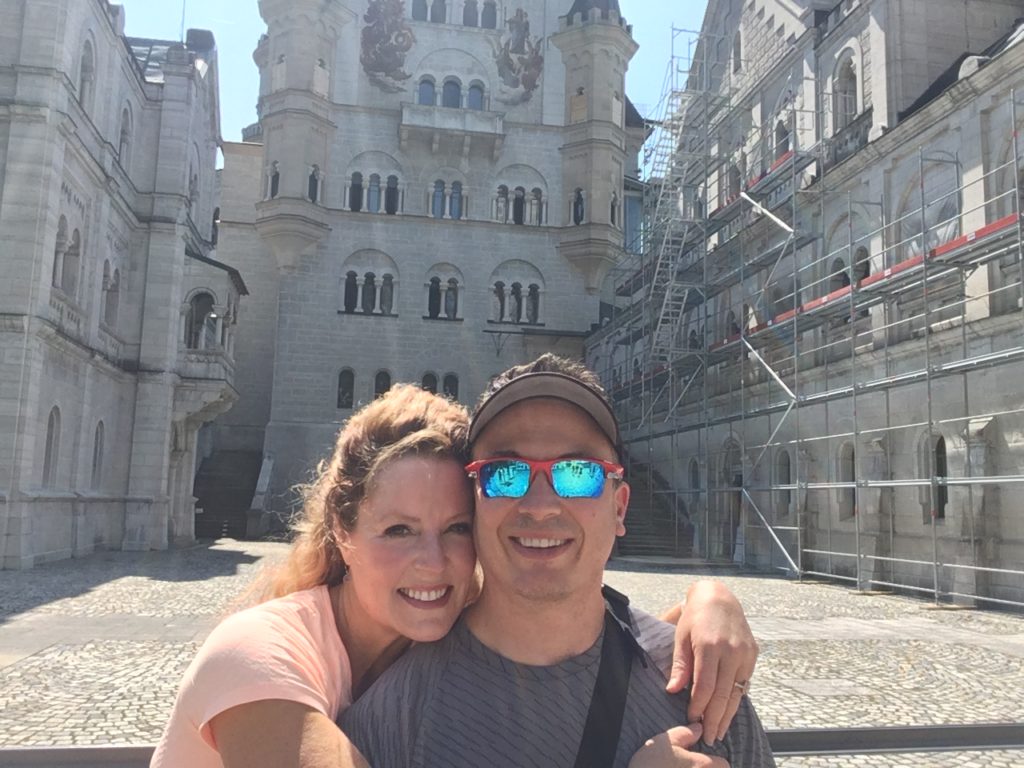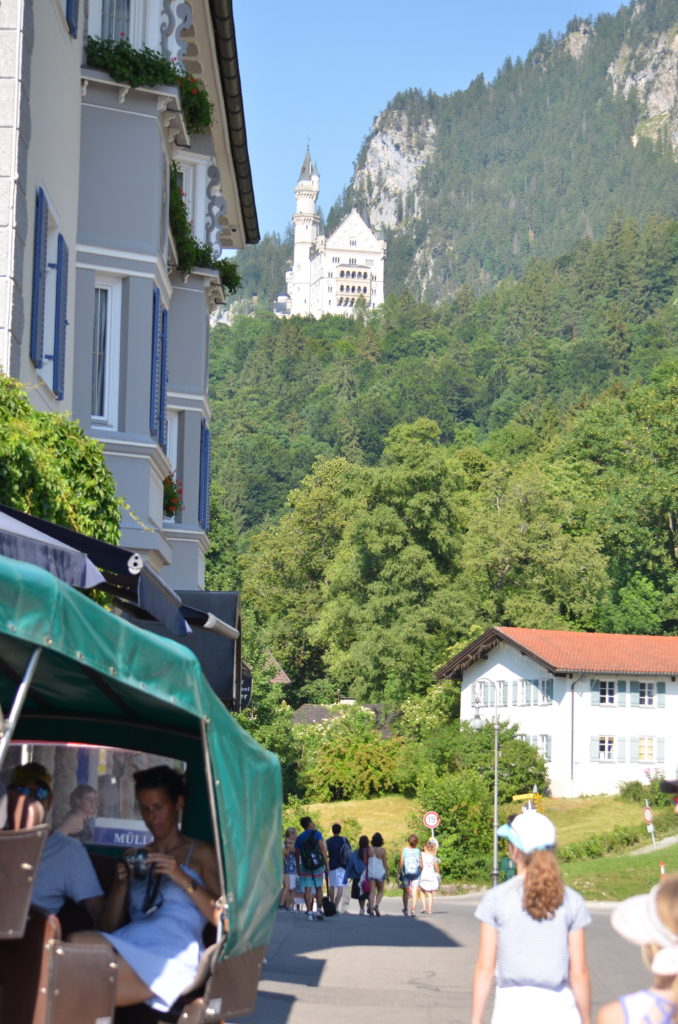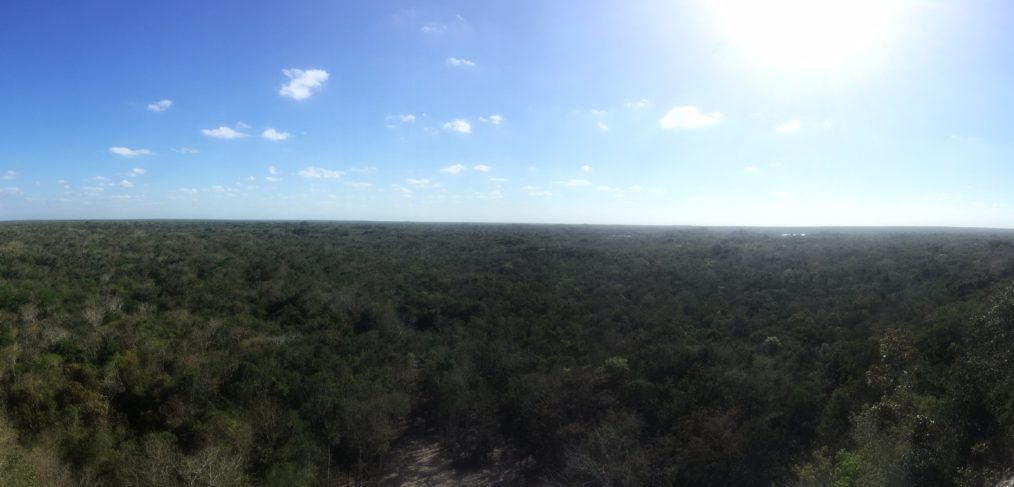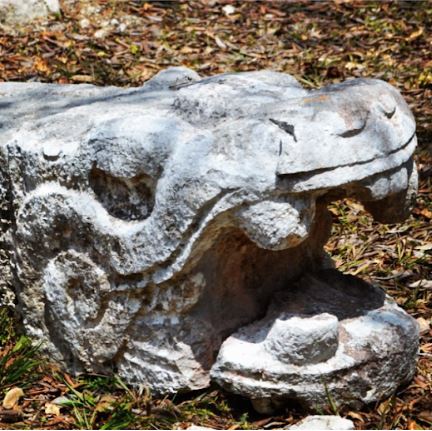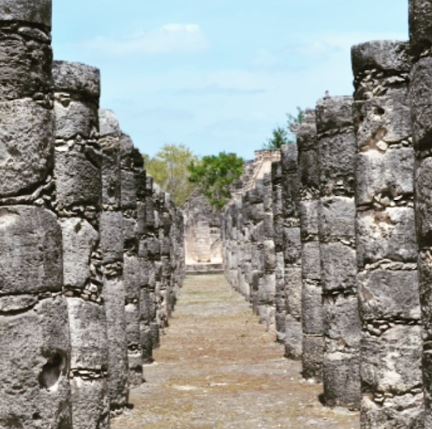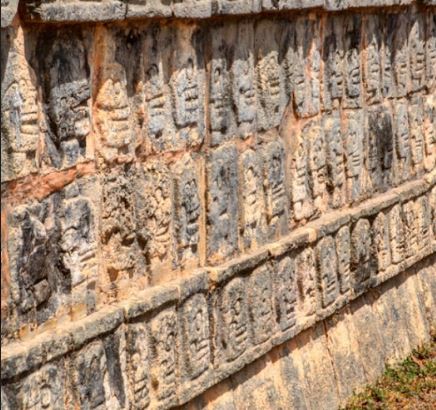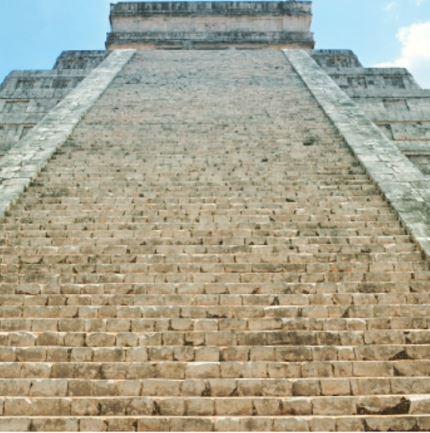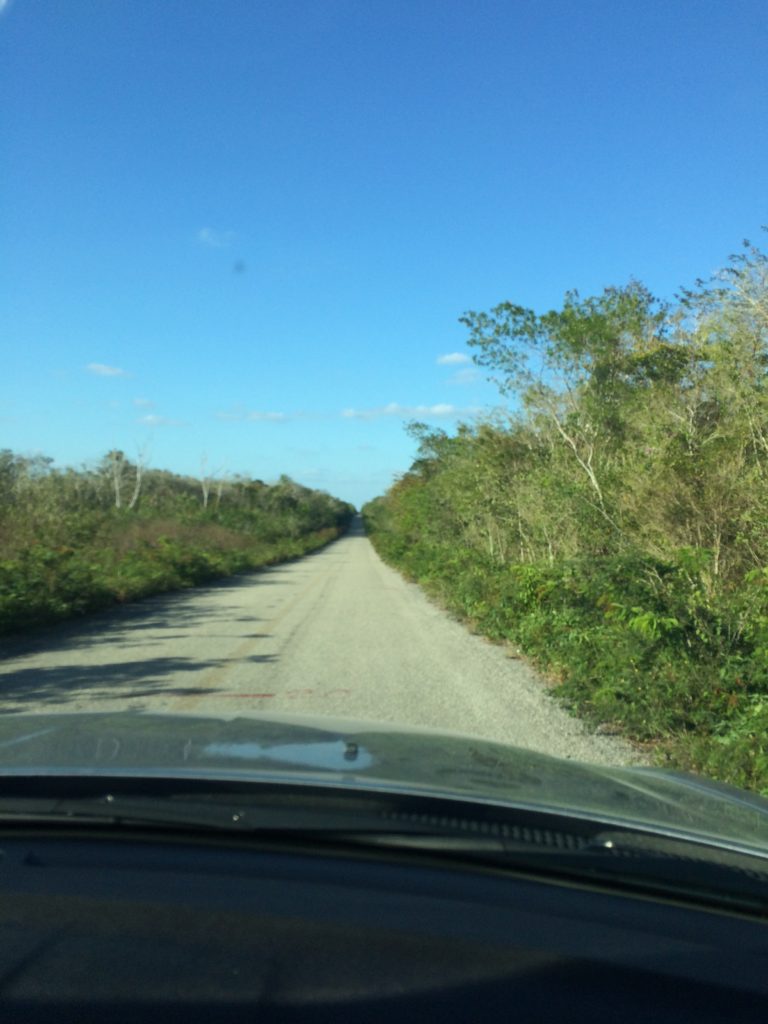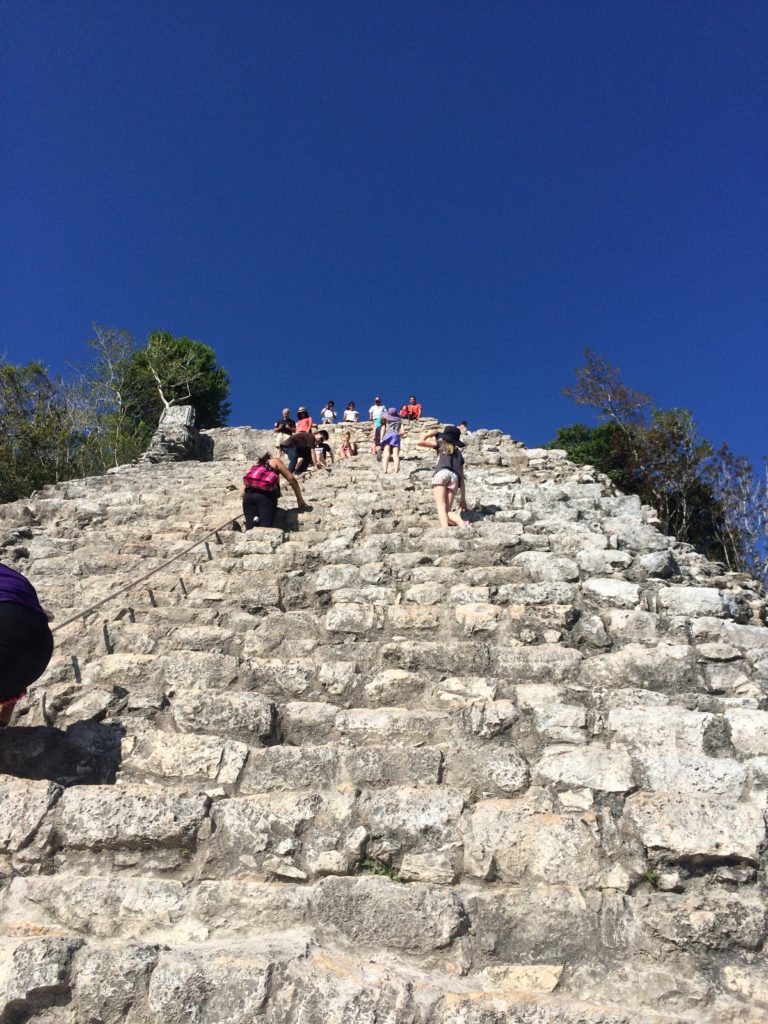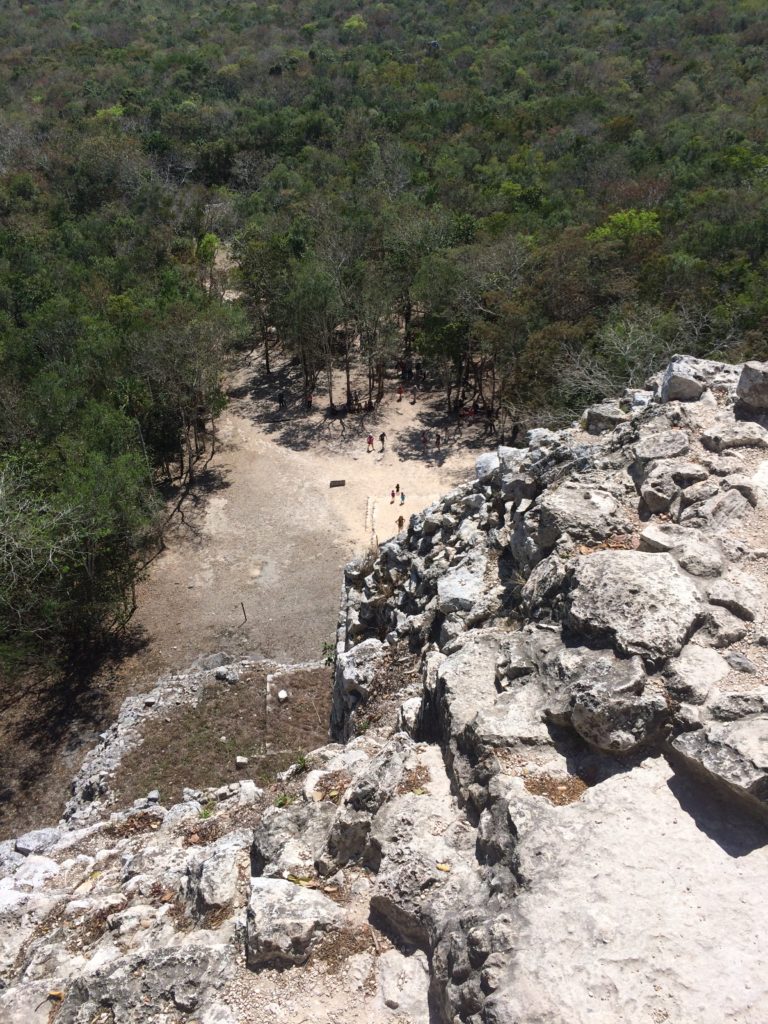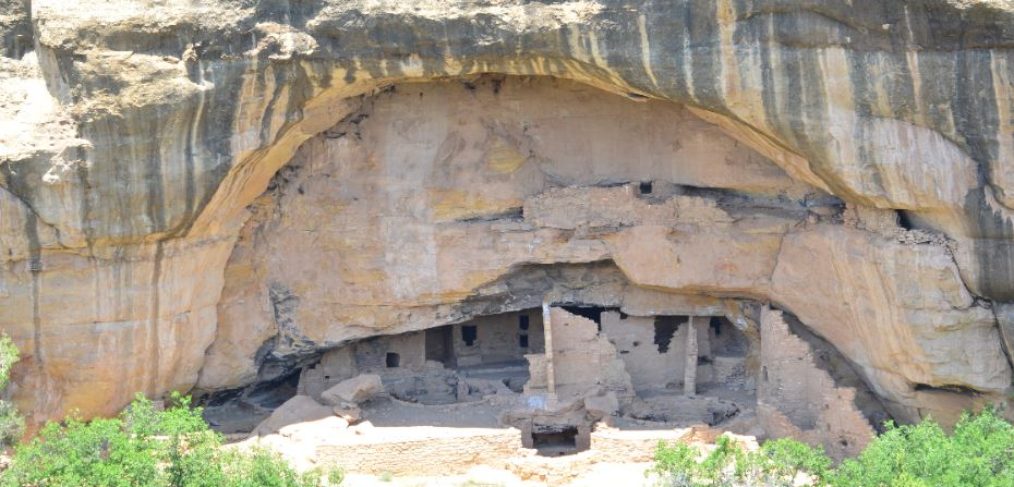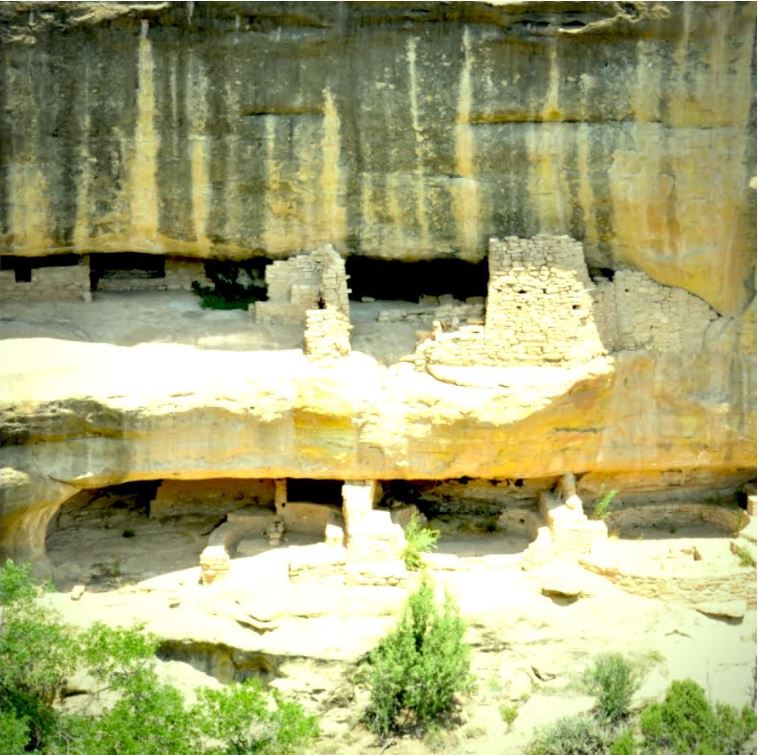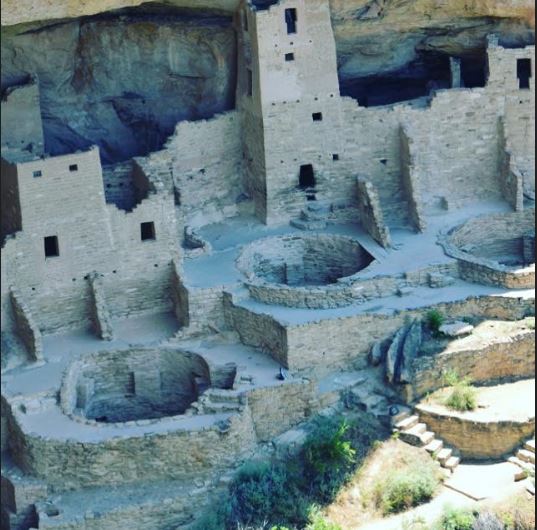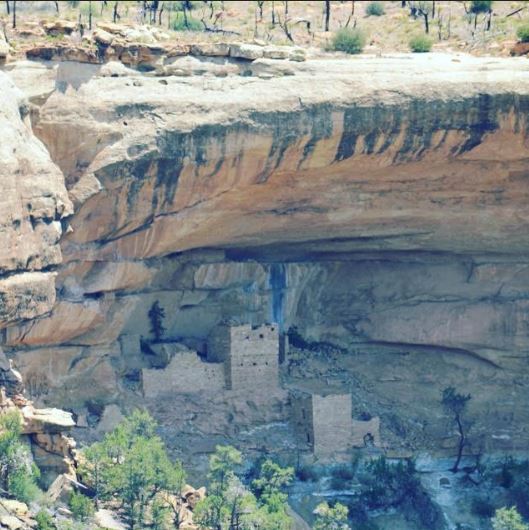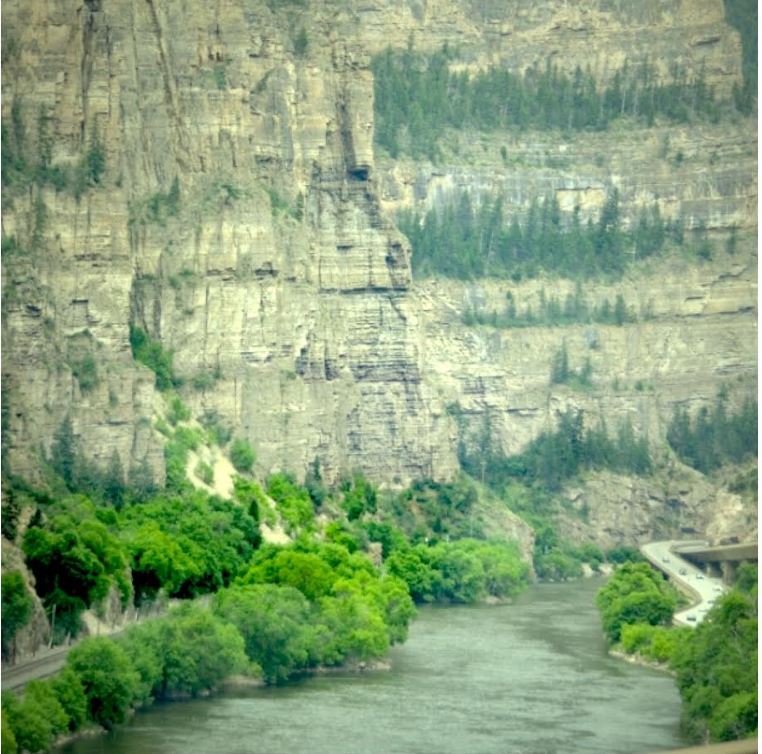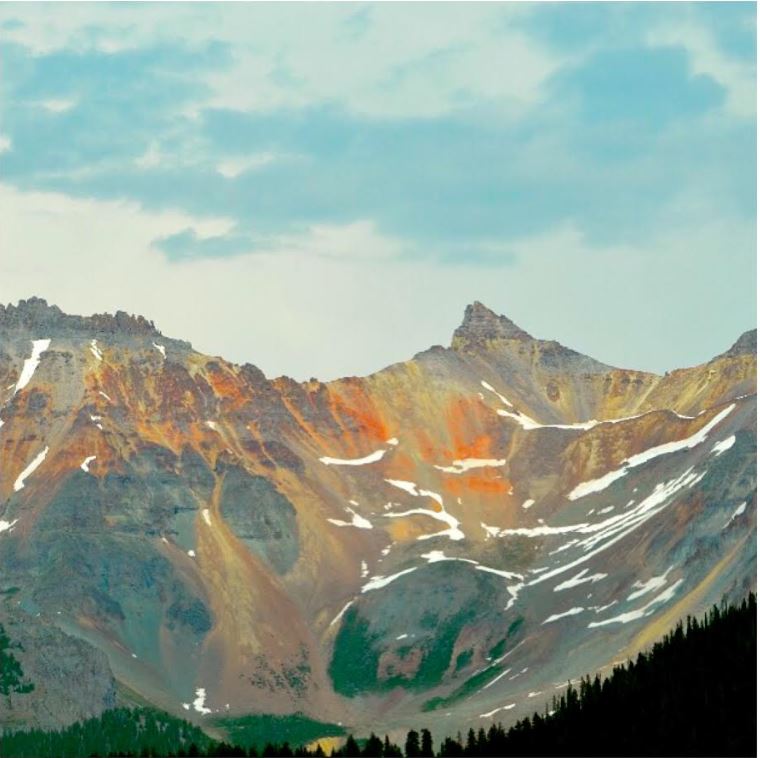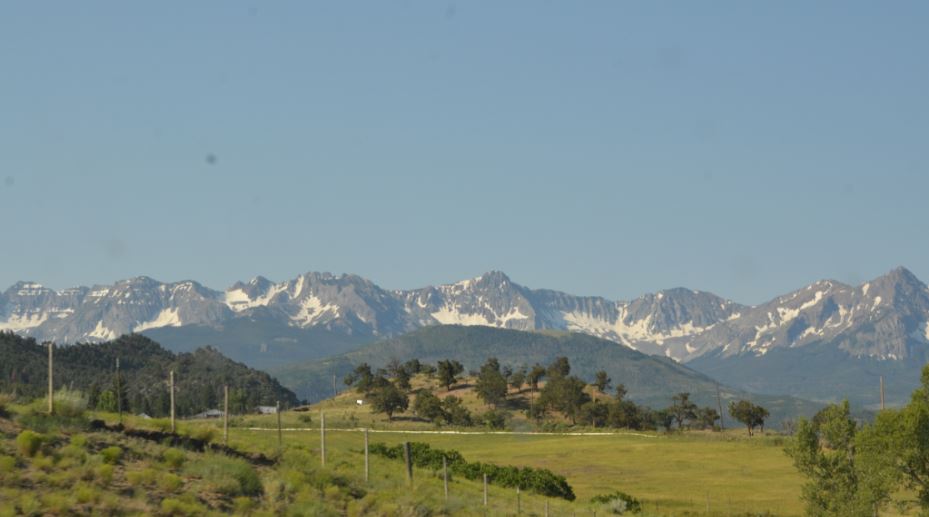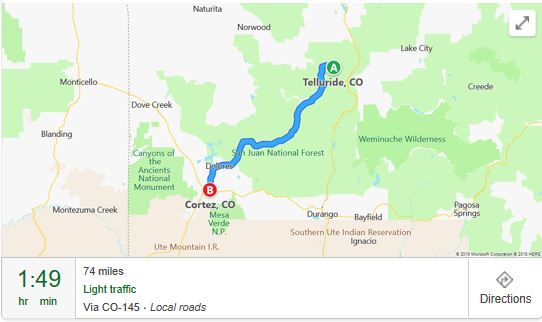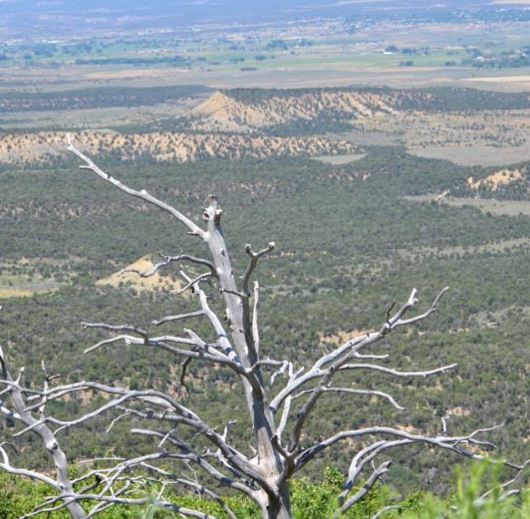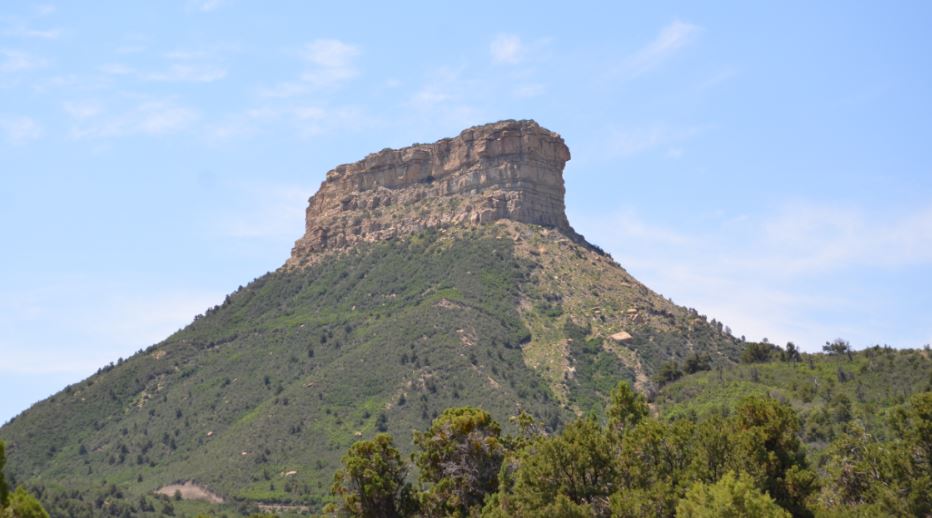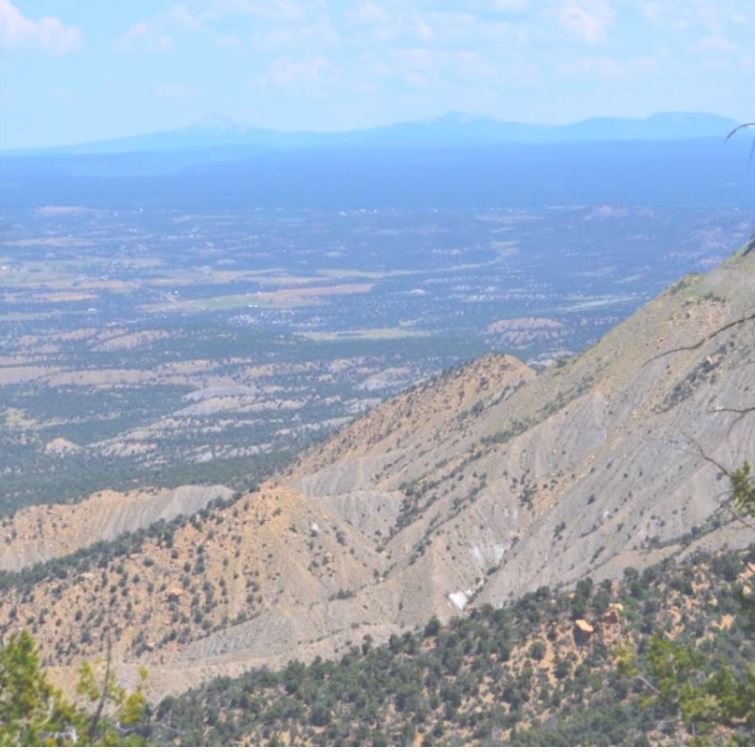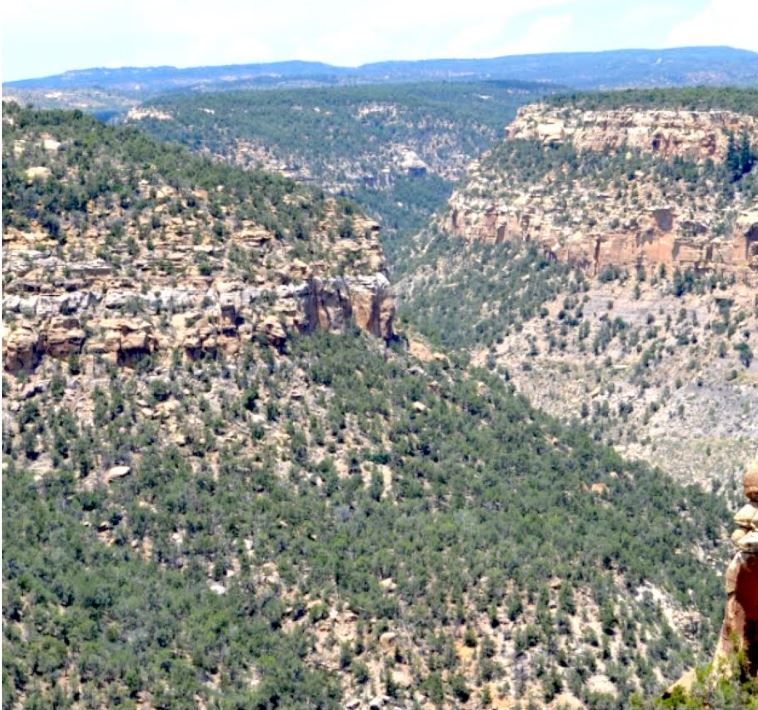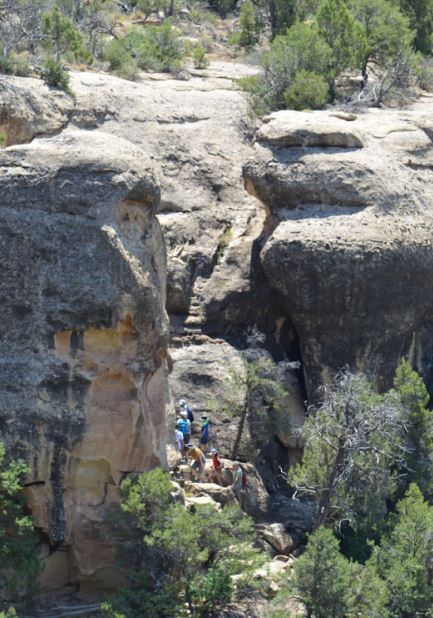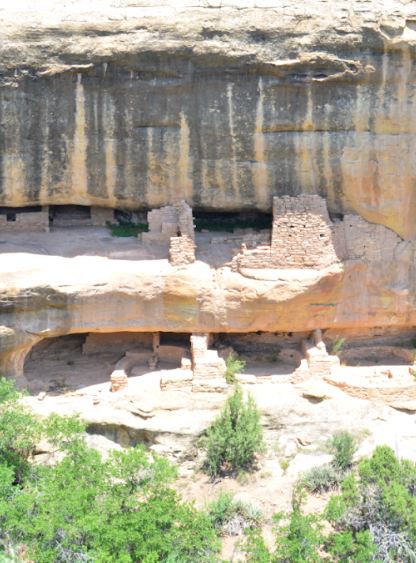Following on my piece on the Gardens of Cesky Krumlov, now it’s time to continue the tour of the castle itself, but before I pick up where I left off, I’m going to back track to provide several views of the lead-up to the main entrance.
From any direction, you must cross the waterway at some point to reach the castle. This bridge is right in from off the parking area and where we walked. The grand, multi-storied bridges.
Two hillsides? No problem. Let’s just keep creating rooms and hallways.
To the right is the actors areas attached to the theatre, and the left is the staff (seamstress etc)
If you are at the gardens, head to the upper most level (the maze). To the north, you can view the fields beyond, to the south is the main castle area.
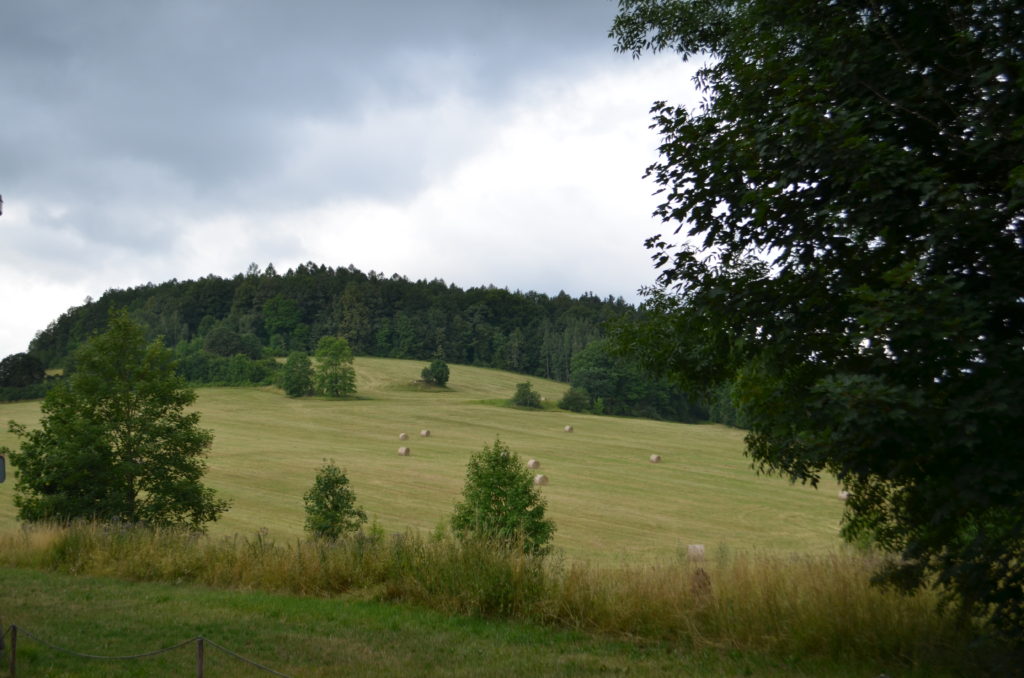
The royal lands are still being farmed- this is to the north, just outside the gardens.
That’s the way we went, coming to the castle theatre. The ticket office is a remodeled building, attached to an extended, low-ceiling structure that’s the performer quarters. A lane for pedestrians’ splits that building and another on the left for the staff, wardrobe and such. From here, a visitor has multiple options to tour the inside or explore the open (free) areas on every side of the castle.
One of the side entrances leading to the castle, not the main gate.
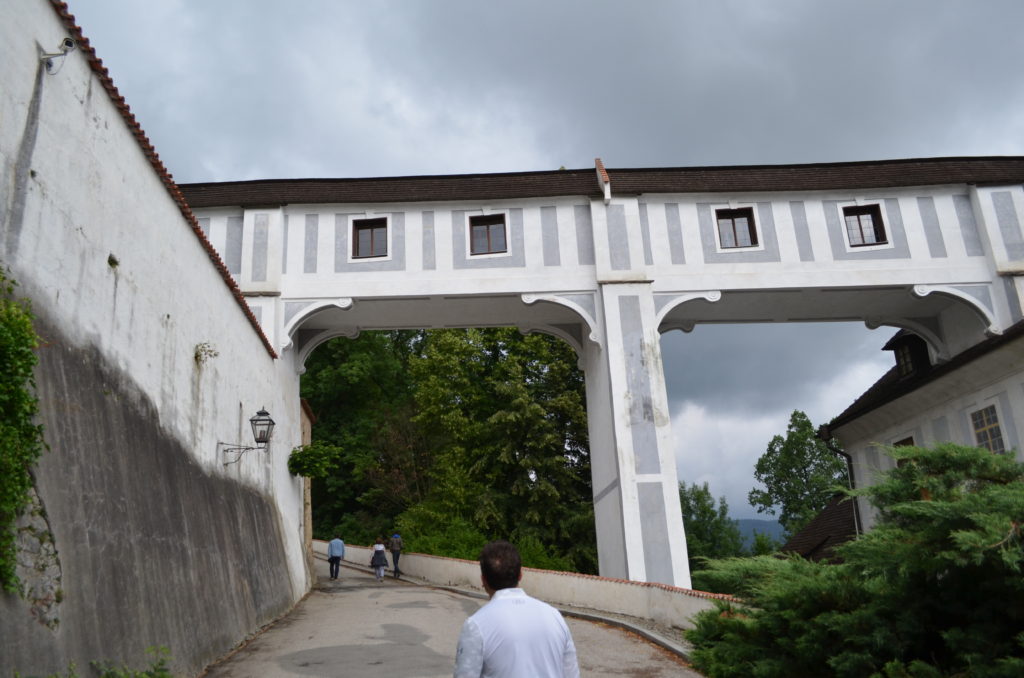
One of the back entrances leading to the castle.
A castle-shaking entrance
Batman must have had a bigger impact on me than I’d care to admit because I’m always so completely fascinated with castle entrances. It’s not just the size and ‘grandness’ of the entry if you will, nor is it the number of barriers put in place. It’s also the length and ceilings. Just as one driveway can be printed stone and fifty feet, another can be a mile in length, tree-line with water and lighting effects. Some, such as Hohenschwangau, were both straight then circular roads, leading up and up to the main castle.
The actual carriage house where the horses were prepared and stabled.
In the castle of Cesky Krumlov, the road taken by the former rulers is long, steep, imposing with four different barriers, entirely covered with curved stone ceilings, barred windows providing views to the valley below. On the right (the inner wall) are periodic cell-like rooms with bars. Were these for prisoners begging to get out? What about goods necessary for the road maintenance during the winter, but what was the point of the bars? These questions didn’t get answered on our first visit and weren’t satisfied this time around either.
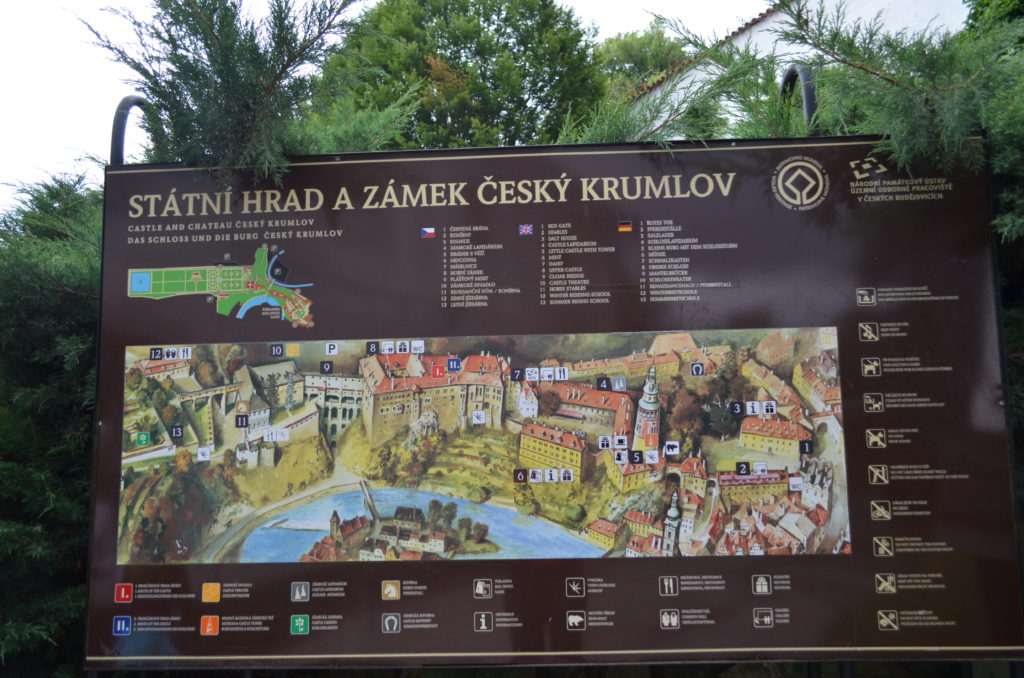
In case you get lost–and that’s a not hard to do in this expansive set of buildings.
What we remarked on then and now is the sound of the tunnel. We were talking low as we made the walk up, but we could have been shouting for all it echoed. Imagine a team of eight or twelve horses racing through, clanging on the stone, whip cracking. The entire castle might be rumbling from within, and surely the townsfolk below would be alerted the rulers had made it home for the night.
One of the disembarking areas for the carriages–this is the lesser of two areas, but has been updated for outdoor festivals.
With the occupants out of the carriage, the horses were led to one of two horse carriage houses, the first one being the grandest. Life-size replicas of the horses and carriages are within the house, which accomplished the task of allowing us to visualize the magnificence of the experience of those ruling the castle and town.
Even the peepholes have incredible views.
Authentic artists in the castle square
Not all castles have a gift shop for selling products, but if they do, it’s usually overpriced trinkets. Not so here. Eight stalls set up in medieval, square coverings showcase artisans, no two the same. With the exception of two, each were demonstrating their craft as they made products. A weaver worked at his loom, creating a shawl. A jeweler set stones in sterling silver, a woman crushed lavender for her satchels and a glass blower delicately created small objects.
The most impressive was a two-person team of iron work. Pumping a pedal with one foot, a man kept his small fire going as he insert metal, melted it to the right temperature before removing it. His work wasn’t just knives, as we’d seen in the past, but objects useful and not. When we arrived at the area, he was making a cup. The second time, a detailed iron rose, the kind you’d place in a vase. His partner worked behind the counter, adding additional touches to the works, such as leather, beading or an embellishment appropriate for the item.
The artisan and his craft.
You can probably tell we got sucked in by the skill of it all, purchasing a sterling silver ring with woven details, a lavender pouch for traveling and a few other unique items as a memory of Cesky Krumlov.
Cesky is interesting, because they offer mini-tour/sections are available for independent payment and viewing. You want to go inside the carriage house? Sure, it’s a little fee. This is another wine cellar, charged a’la cart. Don’t hit your head on the way down.
Two times a charm
Because we arrived in the late evening our first night, we had the chance to explore without crowds. Day two, our visit was about 90 minutes, giving us the rest of the afternoon to wander the town, which was our hope. That’s up next, because skimming the town really does it a disservice.
My favorite part of Cesky Krumlov Castle
The waterway around the castle, the entry and incredible view of the town from most any point. A close second is the town and culinary extravaganza that is the town of Cesky Krumlov.
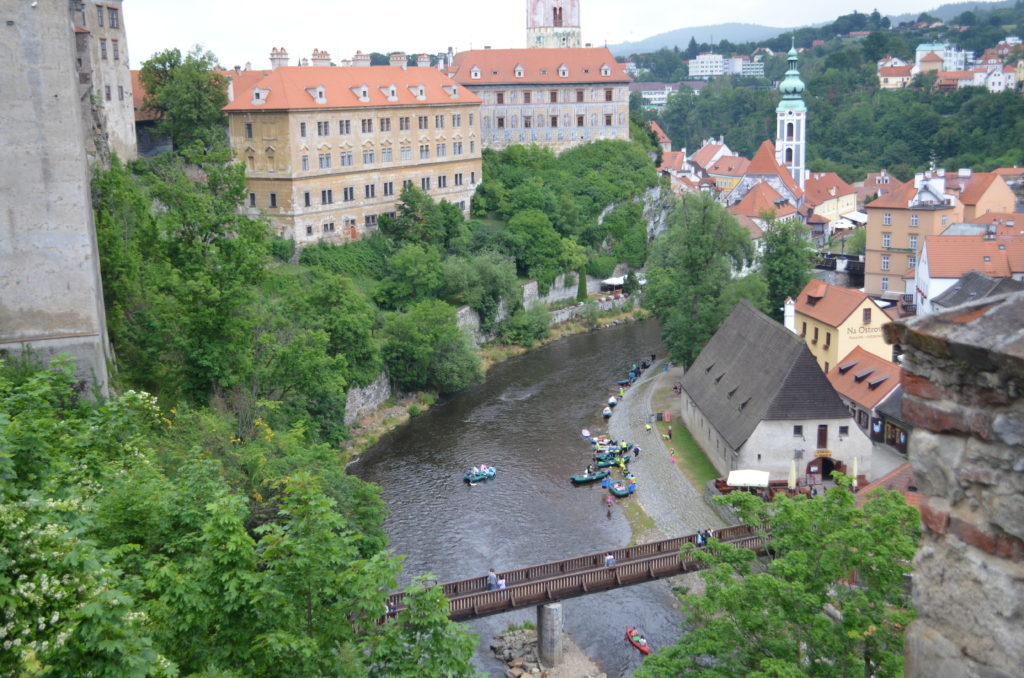
The castle is long, it connects around the entire curvature of the river below. Photo taken from yet another ledge.
My least favorite part
That the renovation and remodeling required has gone a little cheesy. It’s one thing to resurface a crumbling wall, and most of the time, care is taken to at least try and make the application of paint appear more than five minutes old. The paint here doesn’t really match tone or color, but it’s looks almost cartoonish in more than a few places. We tried our best to overlook it, or at least not take pictures with the faux application in the background.
On the middle-bridge overlooking the town of Cesky Krumlov below.
Recommendation
Even though we are now up to three times to this castle, I know we’ll come again…and again. Perhaps not for the inside tour, but outside absolutely, and the town—always and forever. More on that next.

